32 facts about kittens
These facts about kittens will help you become an expert on one of the world's cutest and cuddliest baby animals.
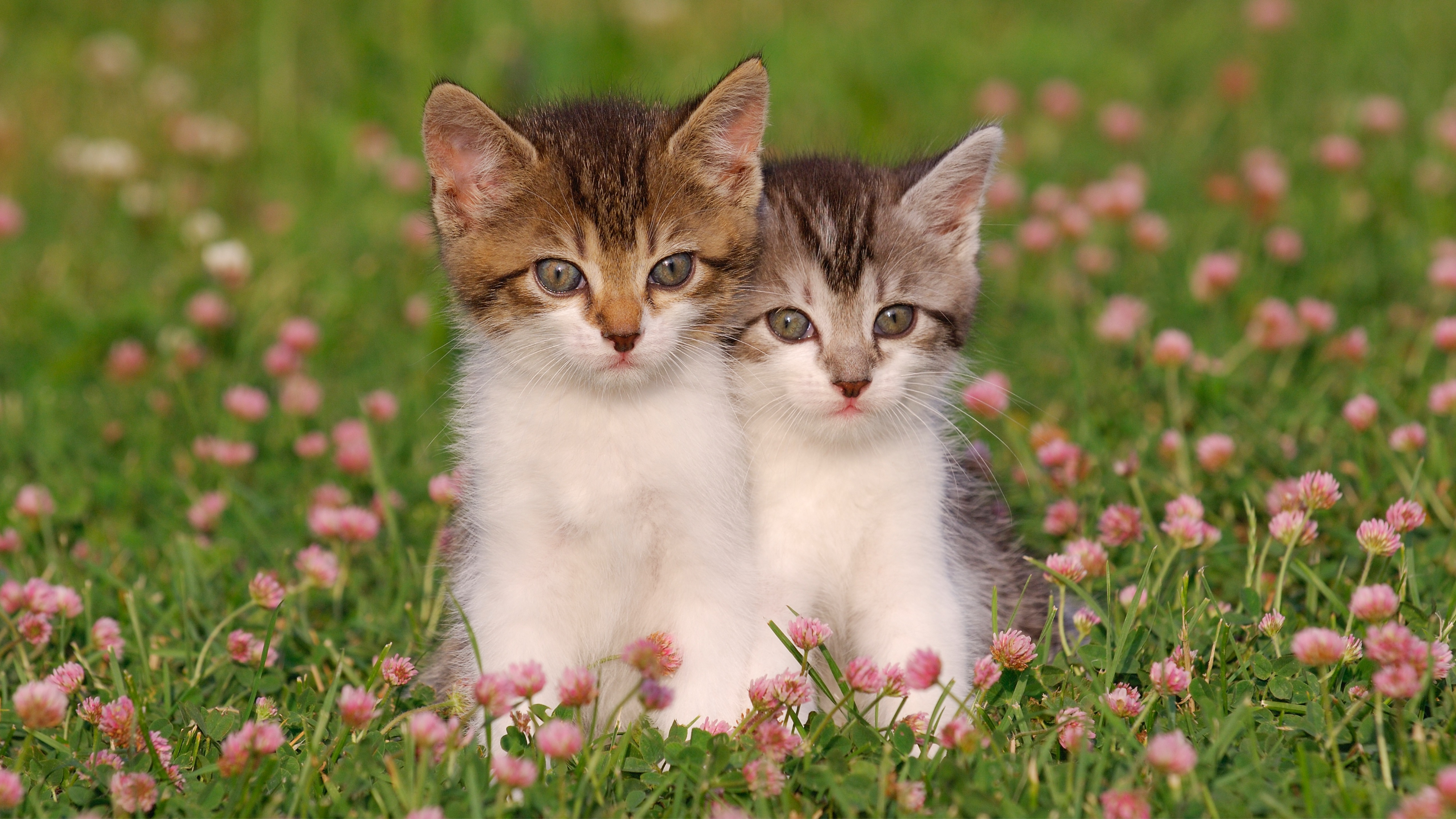
Whether you’ve just welcomed a new bundle of fluff into your family, are thinking about getting one, or are simply crazy about our smallest of feline friends, there are so many facts about kittens that are bound to surprise, educate, and delight you.
Small, soft, and utterly adorable, kittens captivate us from the moment they’re born. And while you probably already know that they need the best kitten food and the best kitten toys to thrive, there’s so much more about these captivating little creatures just waiting to be discovered.
With that in mind, we’ve rounded up some of our favorite kitten facts — and keeping these in mind is one of the best ways to raise a happy and healthy kitten. From when they learn to walk to how often they need to eat, here’s everything you need to know about one of the most popular and snuggle-worthy baby animals on the planet.
1. They’re all born with blue eyes
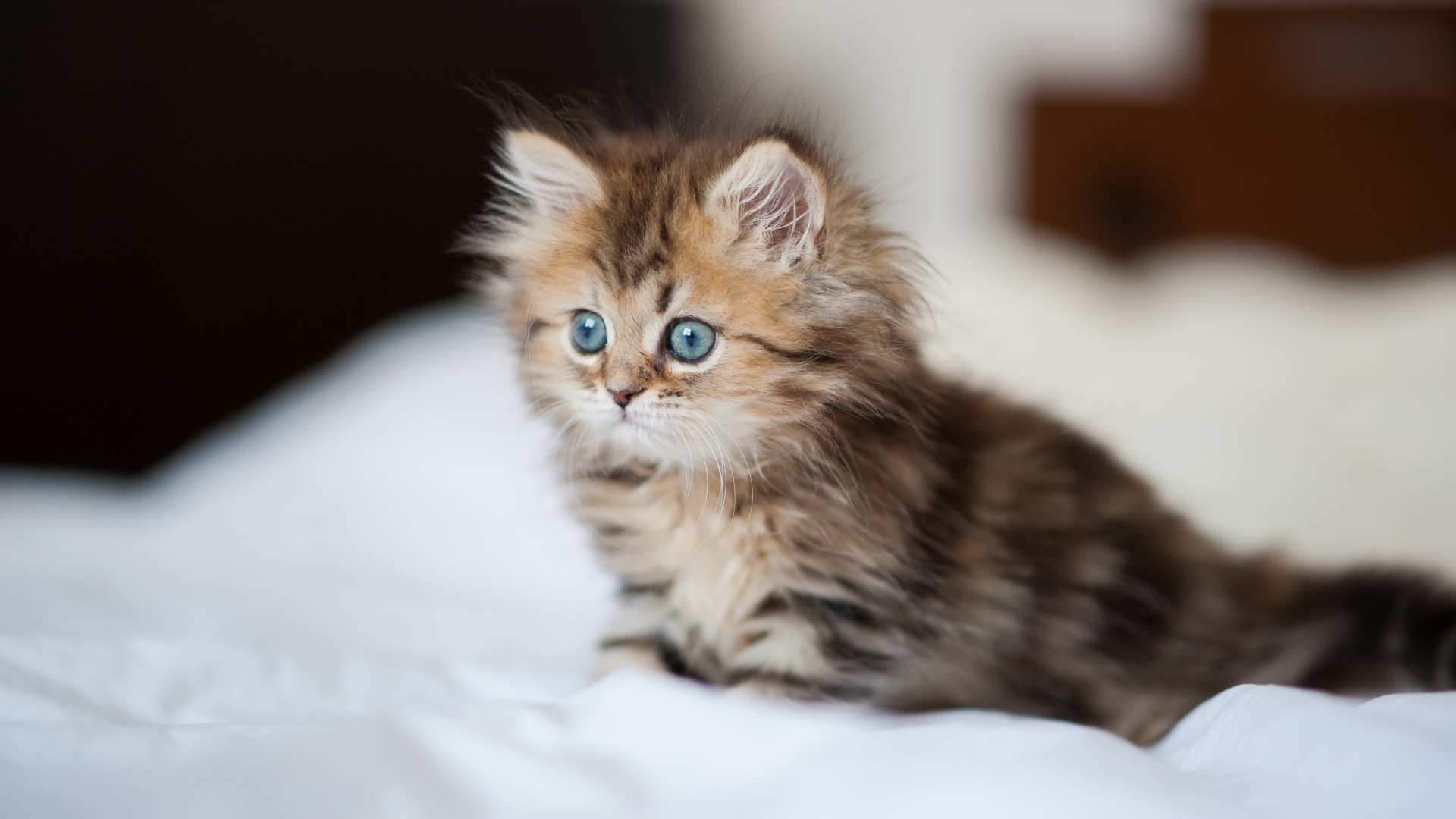
Did you know that all newborn kittens have blue eyes? Neither did we! It turns out that our little feline friends don’t develop eye pigmentation until they’re around six weeks of age and while some kittens (like the siamese) will retain their blue eyes, most kittens' eyes will change color when they’re seven weeks of age. Until then, what we see as blue-hued eyes is a lack of pigment combined with light refraction.
2. They weigh just three to four ounces at birth
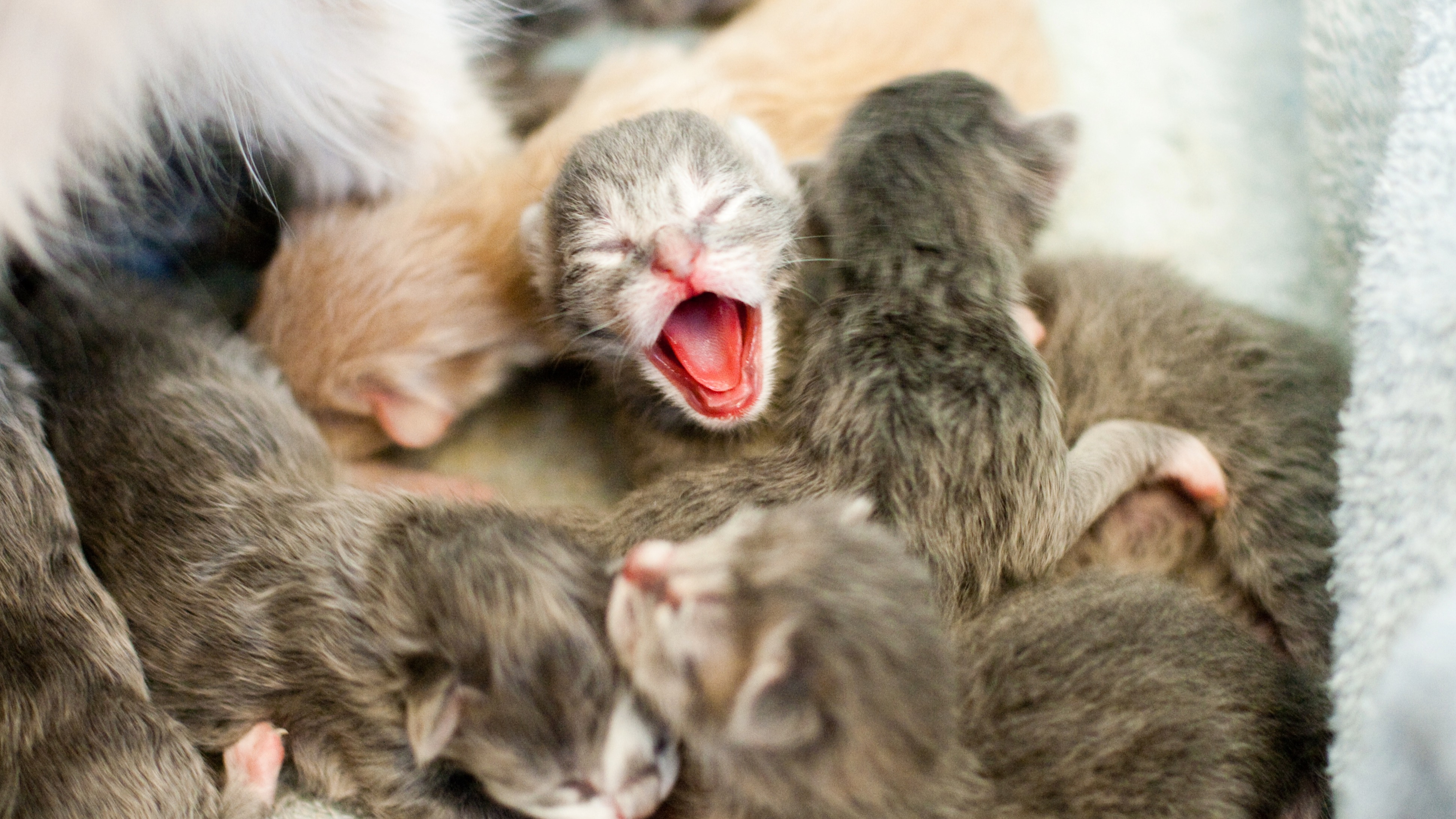
Healthy kittens weigh three to four ounces when they’re born. If all goes well, they’ll quickly start to gain weight and by the end of their first week of life, they should weigh double what they did when they were born.
Healthy weight gain for a kitten is about half an ounce daily or around four ounces per week. They should continue to gain about a pound a month until they reach the six-month mark.
3. They don't open their eyes for a week
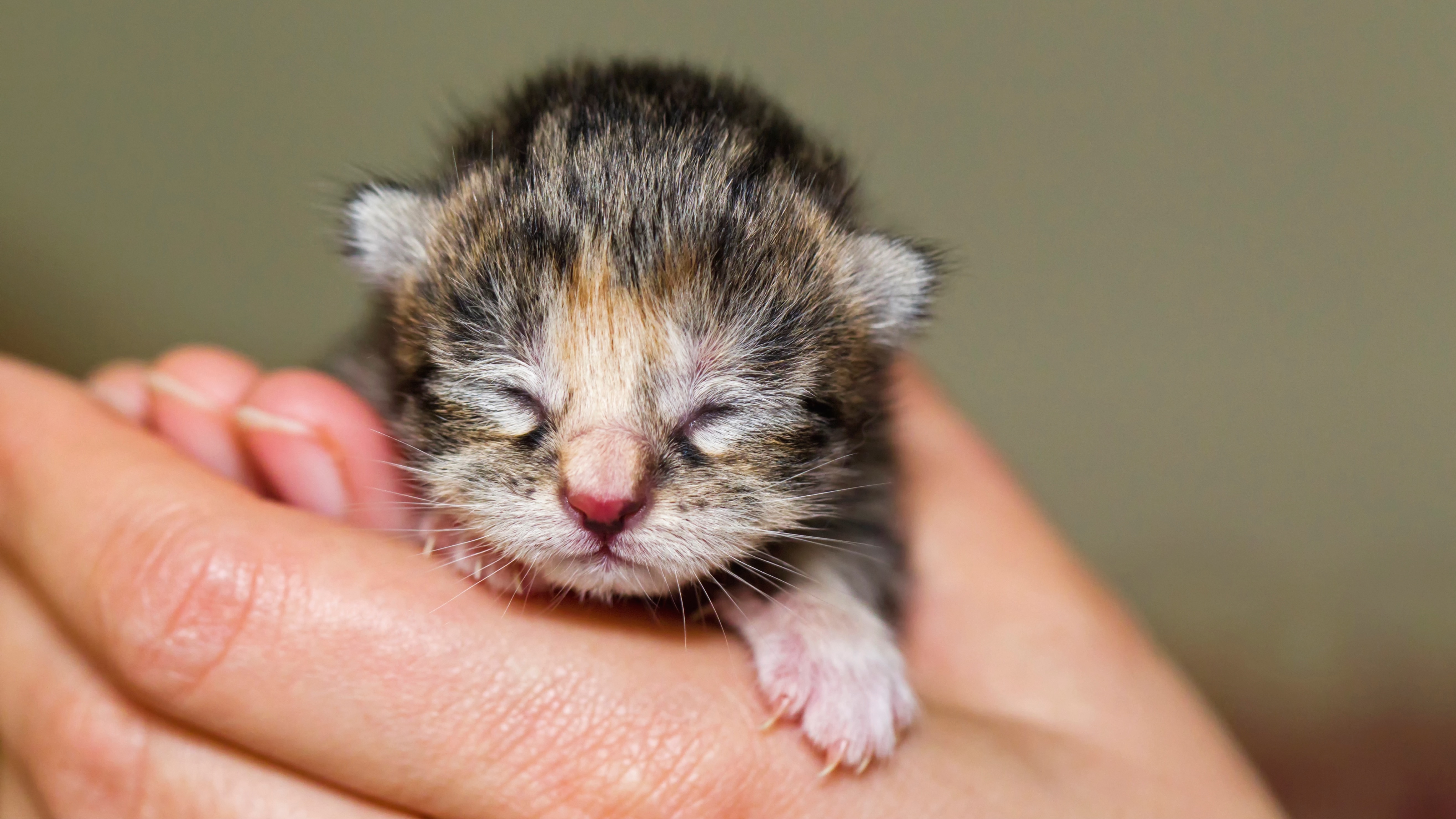
Because their eyes continue to develop after birth, kittens are born with their eyes sealed shut and are super sensitive to light. Gradually, most kittens will begin to open their eyes seven to 10 days after birth and will have fully dilated pupils by two weeks of age.
Get the best advice, tips and top tech for your beloved Pets
4. A kitten’s whiskers are as long as their body is wide
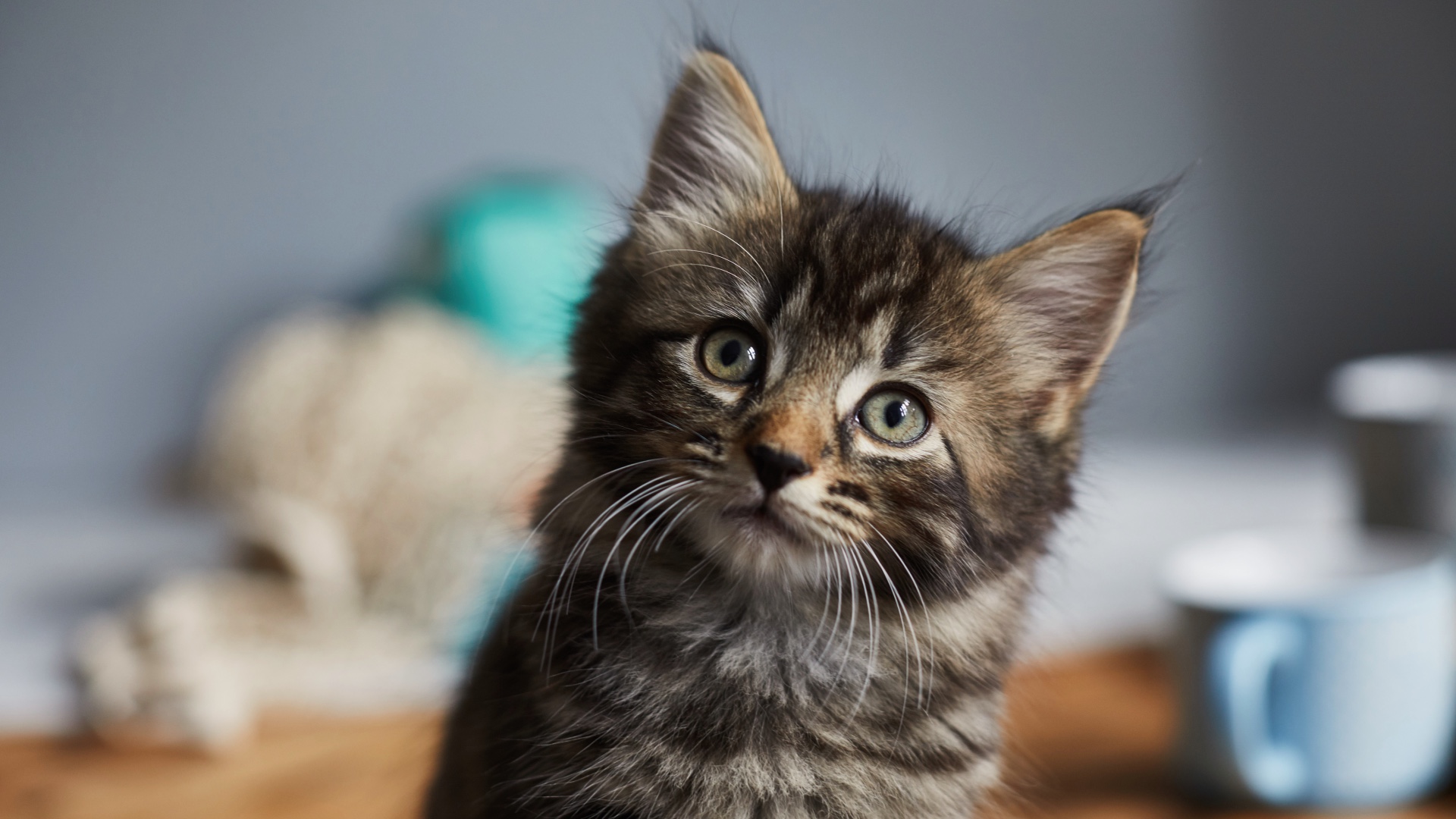
Whisker length is determined by the size of the cat with the length being roughly in proportion to the width of the body. While kittens may be tiny, their whiskers are already impressive at birth and will quickly grow to be as wide as their bodies to help them navigate the world. Think of them as being like a built-in measuring tape that helps them gauge the distance of all the objects around them.
5. Kittens are blind and mostly deaf initially
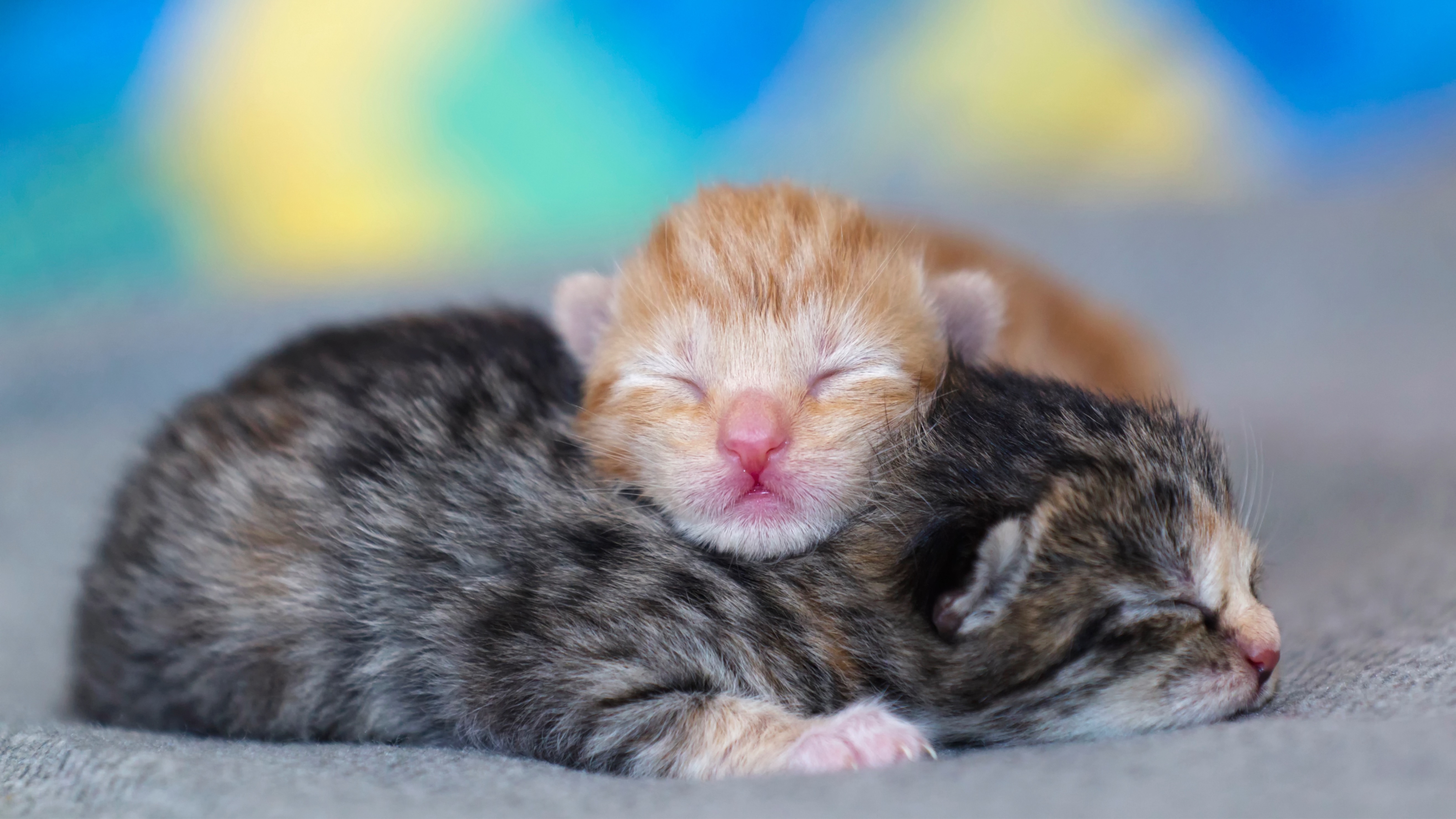
Even though a kitten may start to open their eyes at around seven to 10 days old, they aren’t actually able to see fully until around the 14-day mark. As well as being born with their eyes closed, they’re also born with their ear canals closed too! These tend to open somewhere between 10-14 days and they’ll be able to hear fully by three weeks of age.
6. They can purr straight away
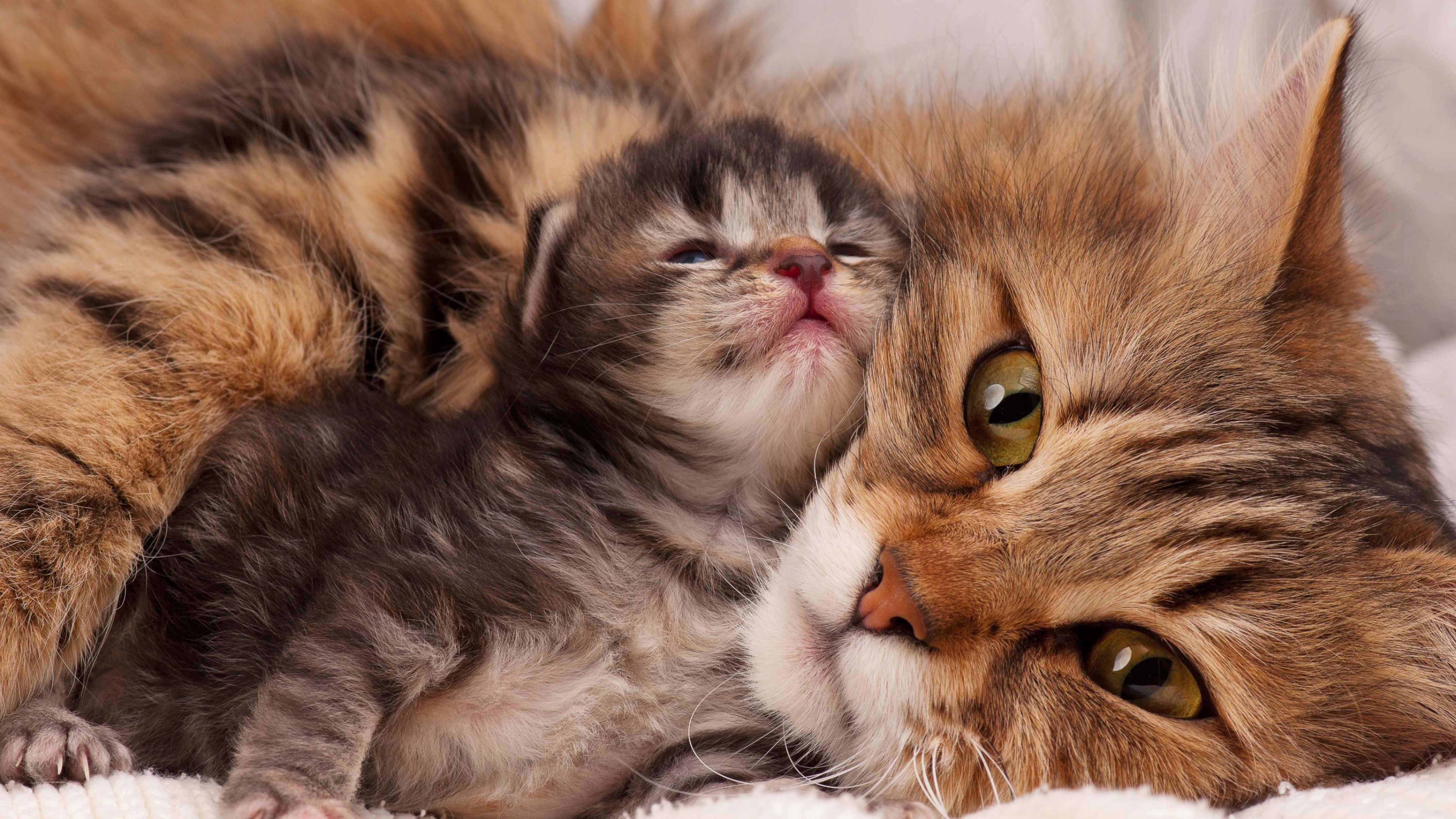
Kittens can purr from the moment they’re born, which we find both incredible and adorable. Purring is how a young kitten indicates that they’re feeling comfortable and content and they’ll purr to their mother as a way of letting her know they feel safe and secure. Oh, and just to give you a heads up, they’ll use their purr with you as a way of getting more attention and affection too!
7. Kittens need help to go to the bathroom
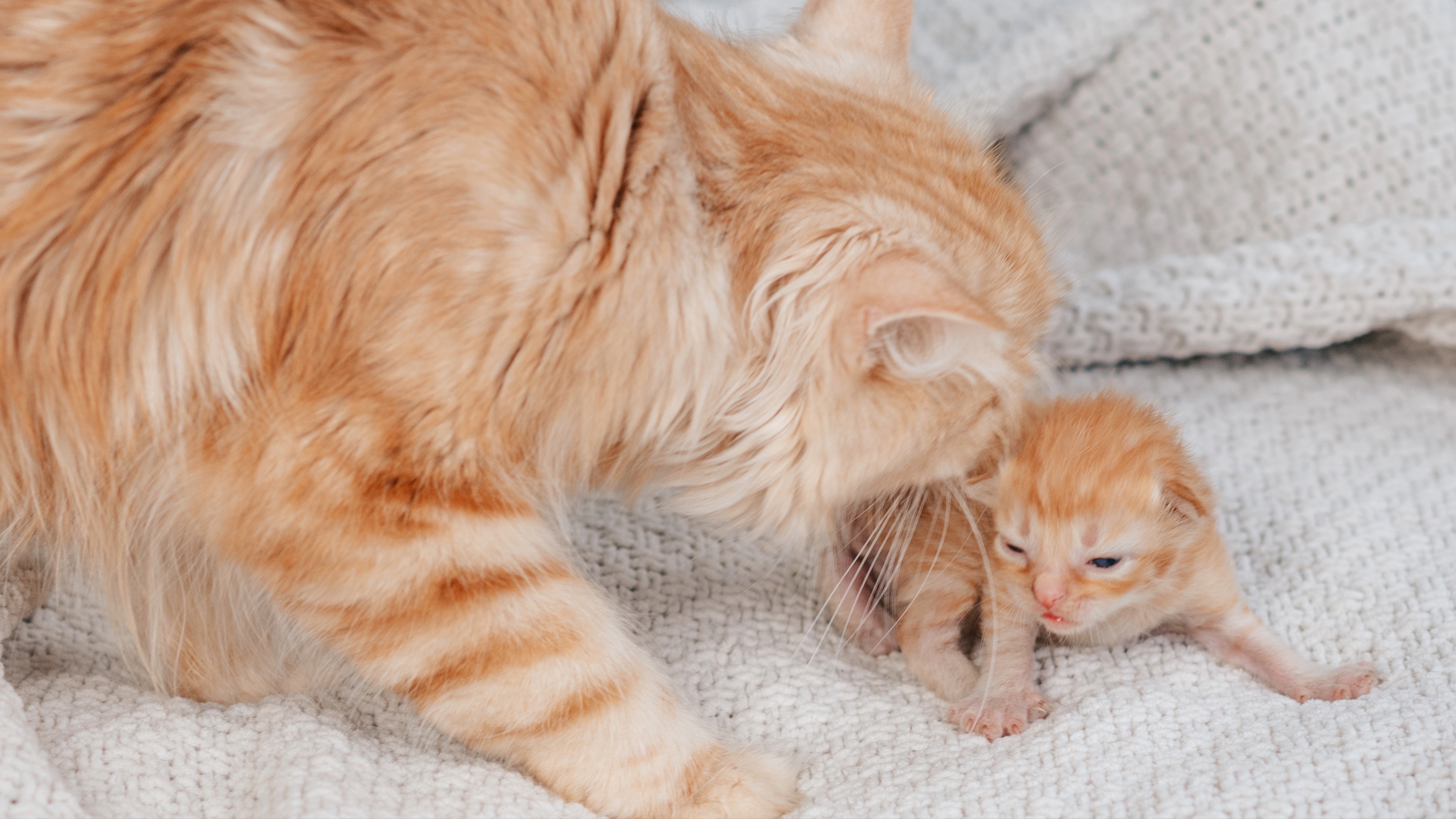
Our smallest of feline friends need a lot of help in the first few weeks of their life. Not only are they blind and deaf but they can’t go to the bathroom on their own either. And no, it’s not kitten constipation that’s to blame, they just need their mom to stimulate them by licking their rear to pee and poop. After about three to four weeks, a kitten should be able to go to the bathroom without any assistance.
8. Their mother's milk is vital for the development of their immune system
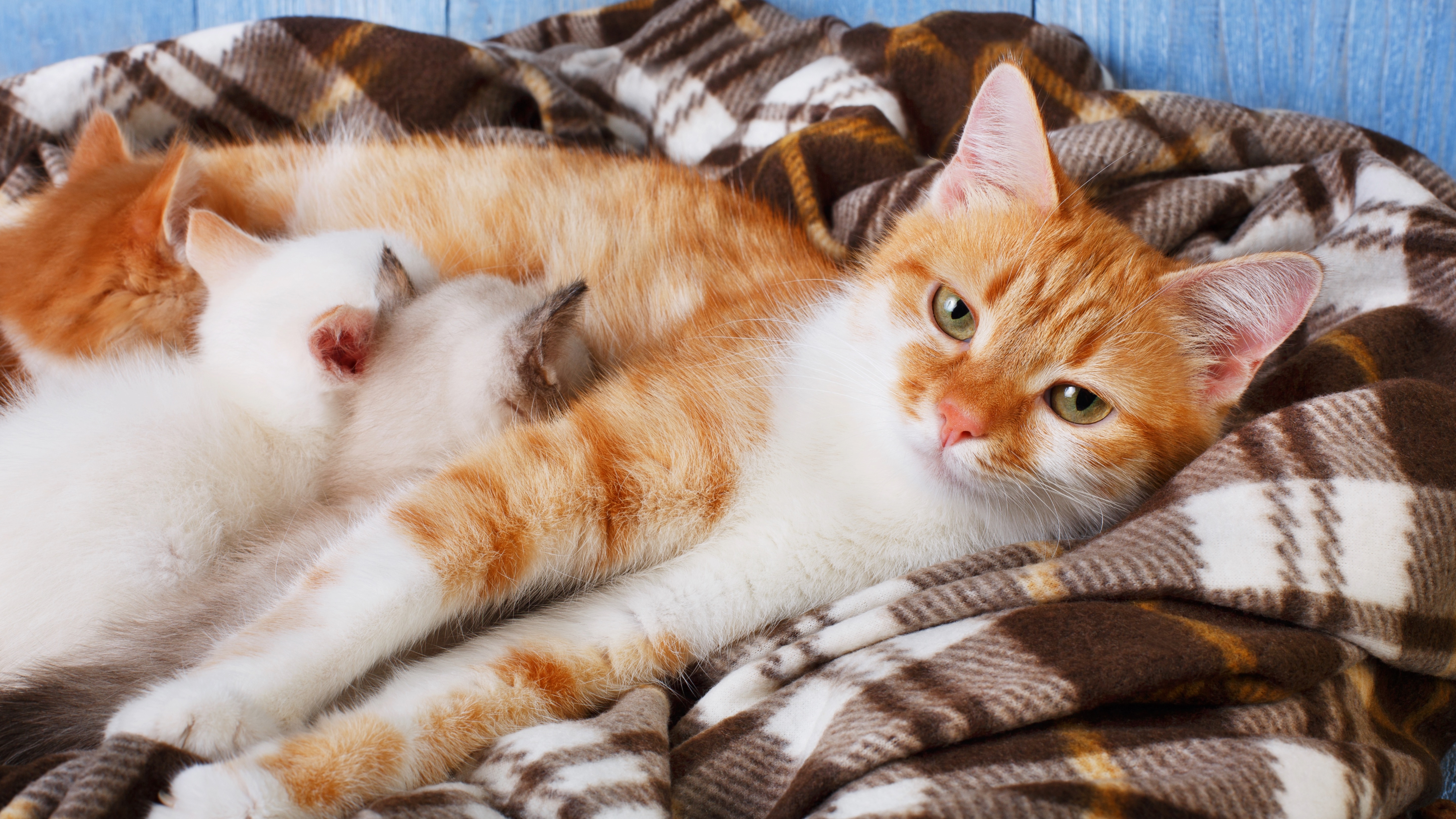
Can kittens drink milk? As long as it comes from their mother they can. In fact, it’s vital that every newborn kitten starts feeding from their mama within two hours of birth as they need her first milk, known as colostrum, to help their immune system develop.
Colostrum contains vital antibodies that will protect a little kitten from disease and infection, so wherever possible, they should continue to feed from their mother until around one month of age.
9. Kittens learn to walk around three weeks of age
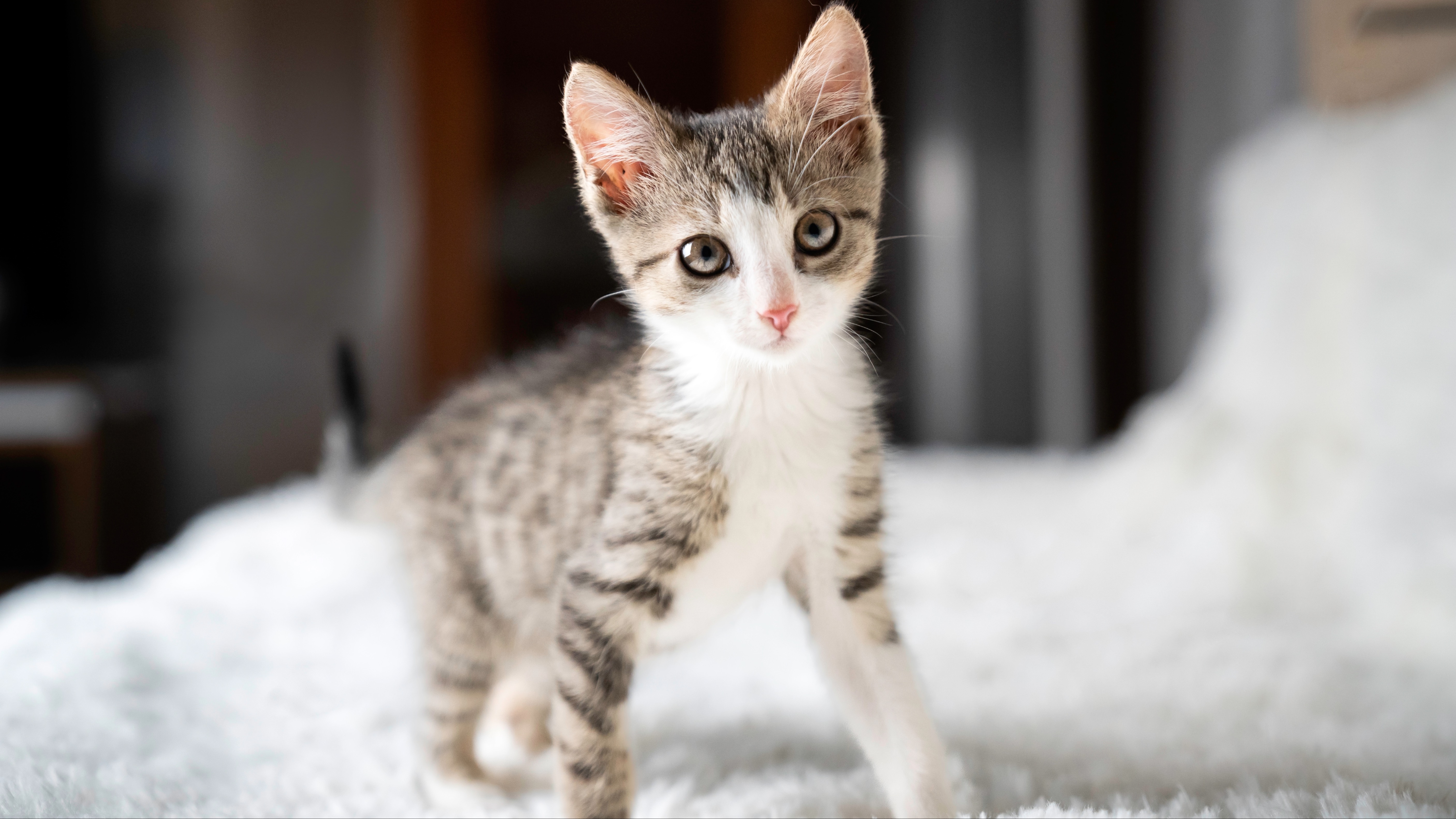
They may be shaky, wobbly steps, but kittens will start to get up on their feet around three weeks of age. Their balance will be a lot better once they reach one month of age and from there, they’ll become more and more confident and eager to explore their surroundings. By the time you adopt a kitten at around eight to 14 weeks of age, you’ll definitely want to read up on ways to kitten proof your home as just like babies and toddlers, our young feline friends tend to get into absolutely everything!
10. Kittens can't regulate their own body temperature
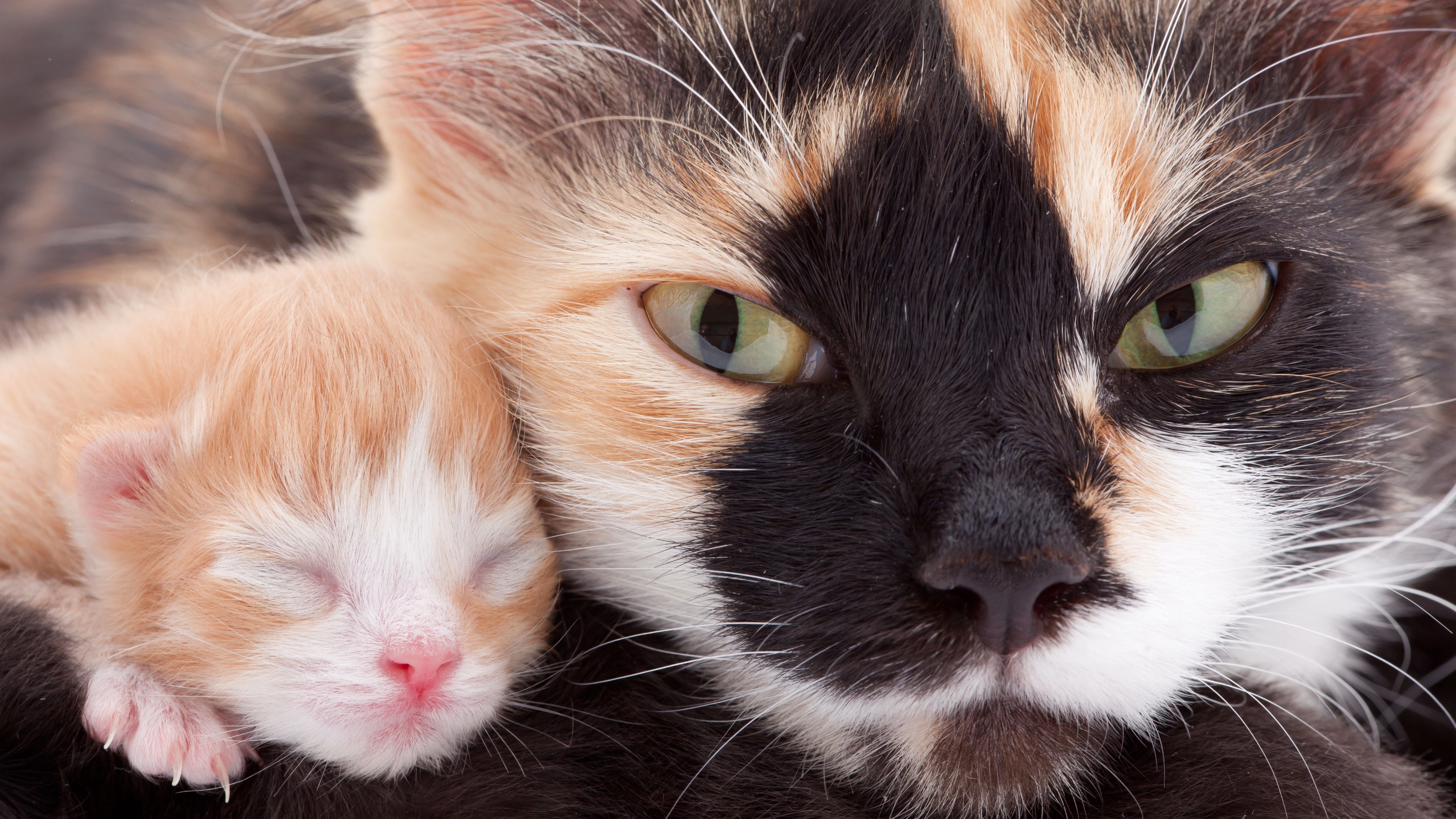
Because kittens can’t self-regulate their body temperature until around four weeks of age, they’re very dependent on their mother’s warmth to survive. If you’ve ever observed a litter of kittens, you’ll notice they’ll all huddle together with their mom to stay warm.
Be sure to contact your vet if you have an orphaned kitten on your hands as they’ll be able to offer advice on how to keep your new fur friend warm in the first few weeks of their life.
11. A kitten must eat every two to three hours
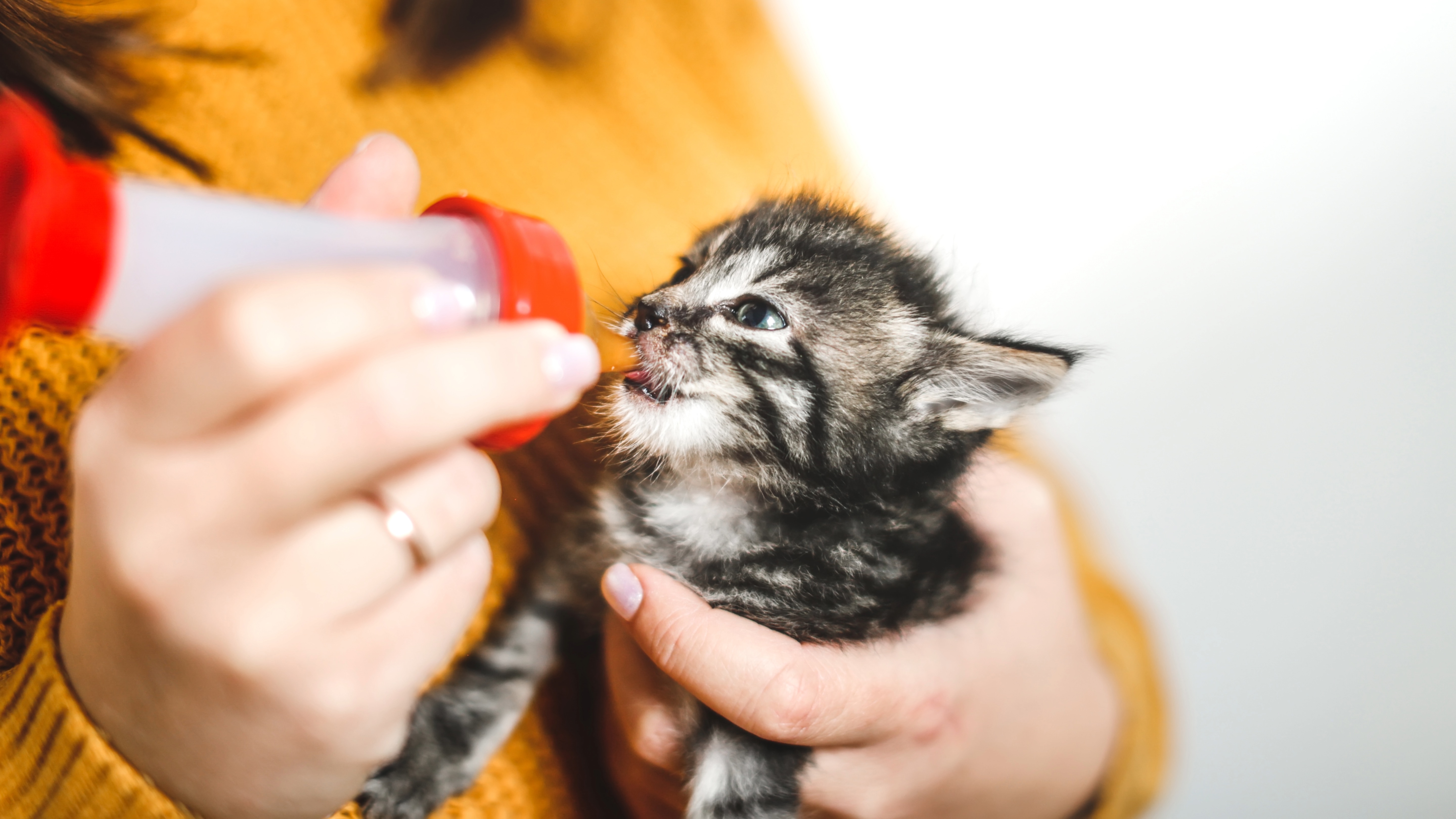
If you’re wondering ‘how often should I feed my kitten?’ the answer is, it depends on their age. However, one of the big differences between a kitten and a cat is how often they need to eat. Young kittens up to eight weeks of age need to eat every two to three hours to fuel their growth, while kittens between eight and 16 weeks require feeding every six hours. By the time a kitten reaches six months of age, they should be able to manage two meals a day.
12. They're easy to litter train
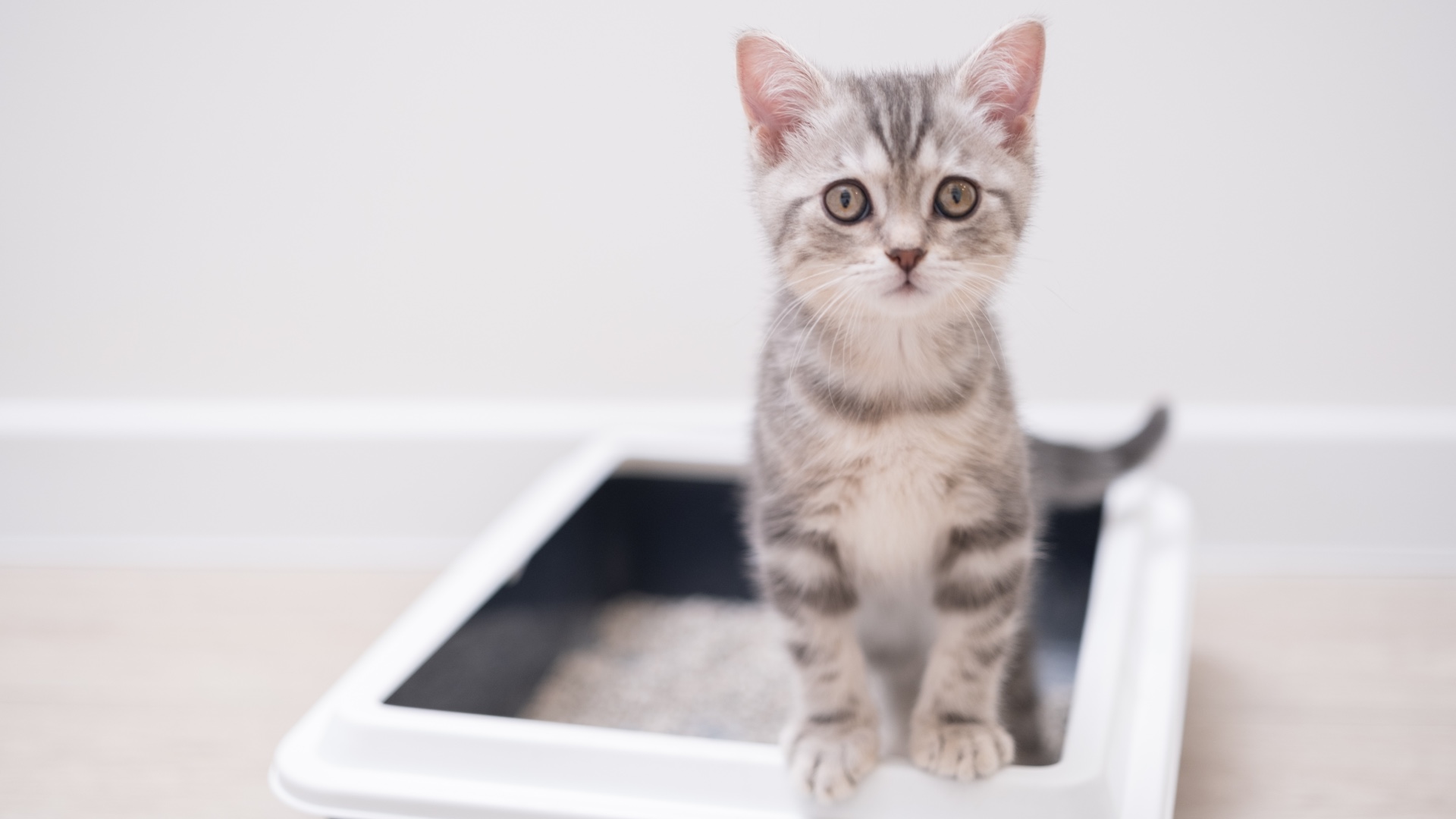
When it comes to how to litter train a kitten, you might be surprised to learn that using a litter box is a skill most kittens pick up very quickly. Cats are naturally very clean animals and most kittens will watch their mother using a litter box and quickly mimic her behavior, which means that by the time you adopt one, your new fur friend will likely already know what to do.
13. Kittens need several rounds of vaccinations
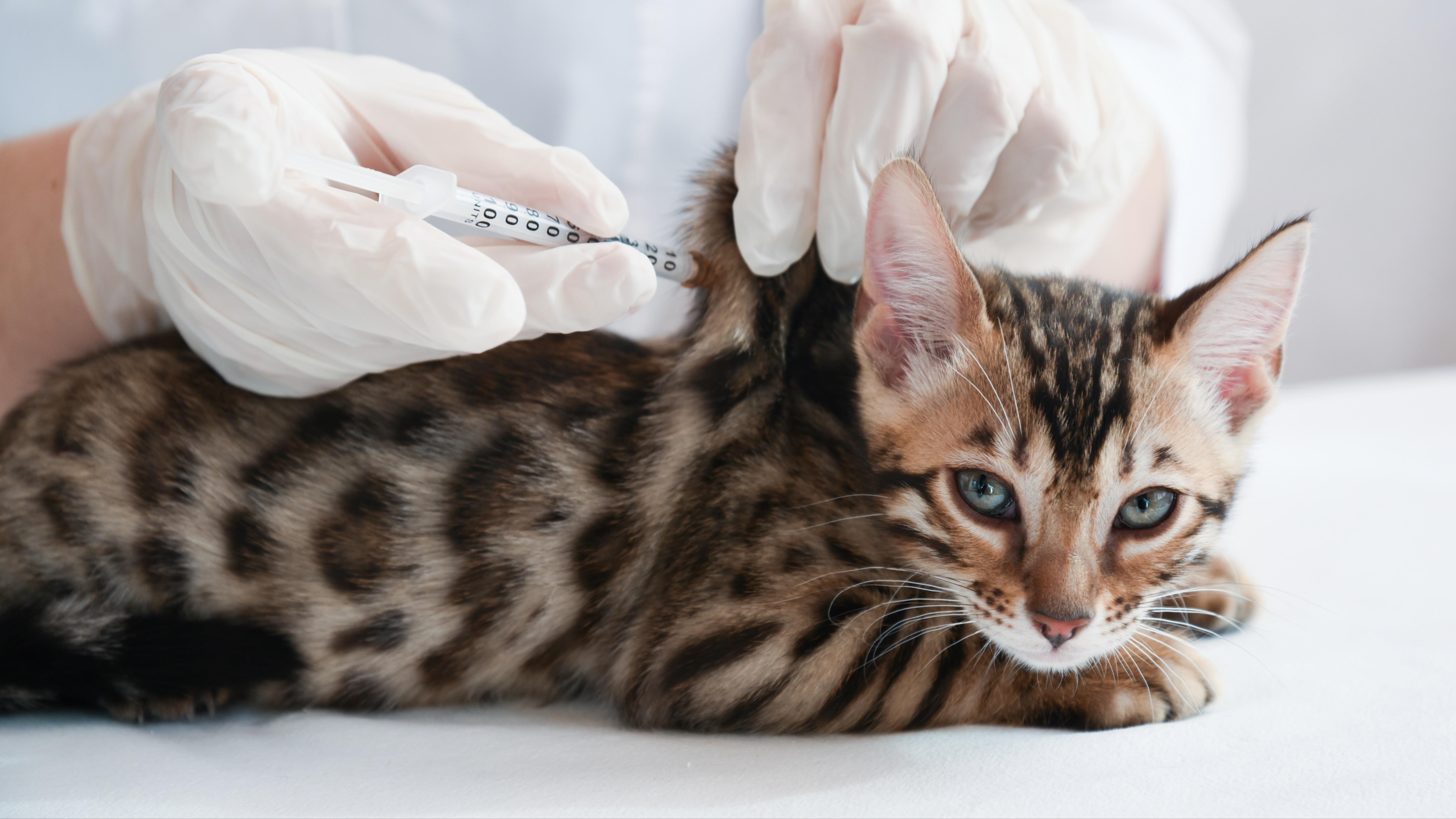
One of the things to consider when you get a kitten is that they will require a few trips to the vet in their first year of life. Kitten vaccinations are important and happen in two stages: the first when they’re eight weeks of age protects them against Herpesvirus, Calicivirus, and Panleukopenia and is given as a course of three injections, repeated every four weeks until they reach 16 weeks of age.
Once those are complete, they’ll then receive a rabies shot and from there, they’ll require booster shots once a year. We recommend investing in the best pet insurance to help offset these costs.
14. Kittens should stay with their mother for at least eight weeks
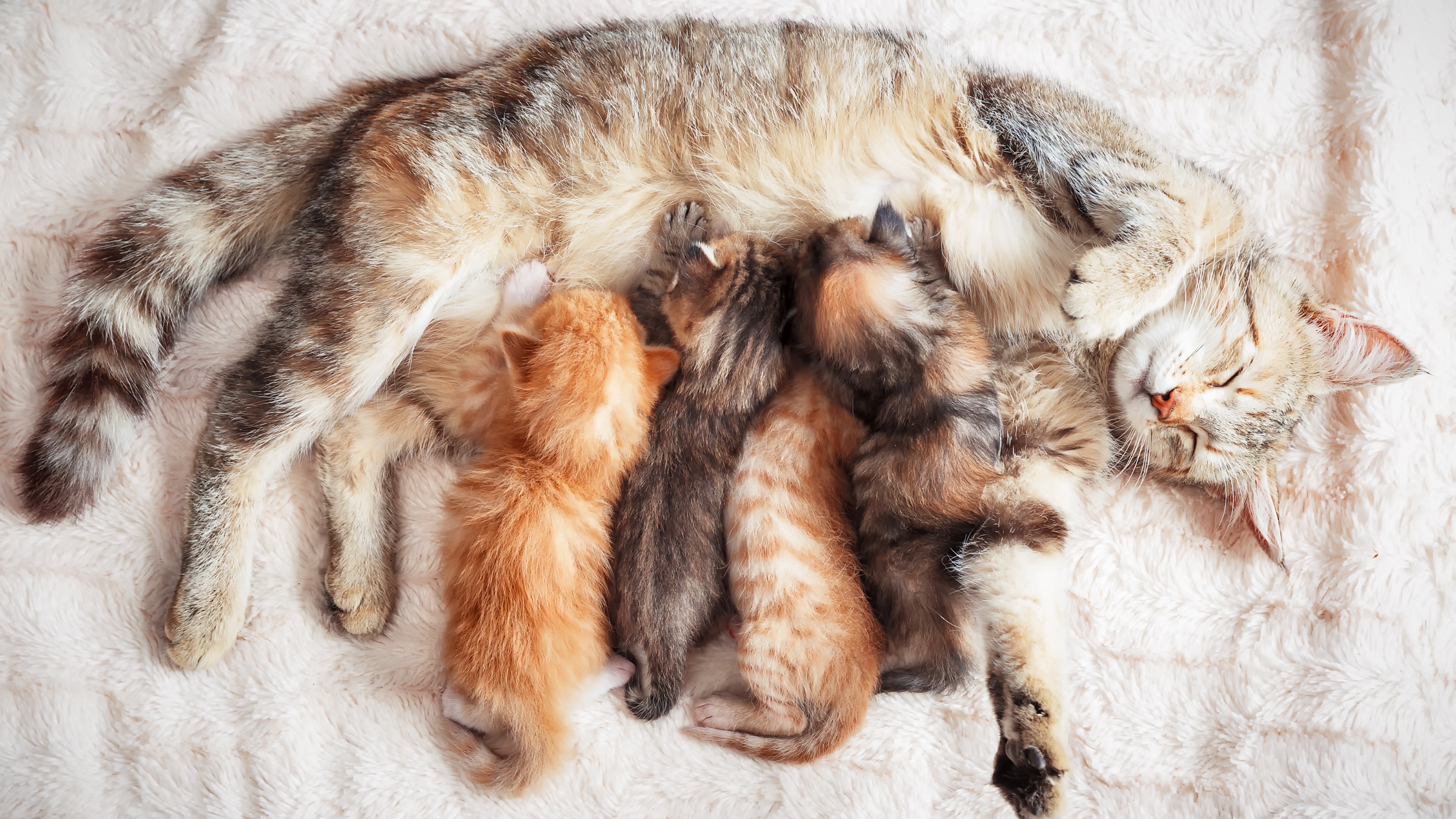
Kittens can technically leave their mother at around eight to nine weeks of age, however many vets recommend that if at all possible, keeping them with their mom until they reach 12-13 weeks of age is ideal. This ensures they have properly developed both physically and behaviorally and gives their mama and littermates additional time to help socialize them.
15. They're born toothless

Just like human babies, kittens are born completely toothless. Once they get to around three weeks old, their 26 baby teeth will gradually start to push through — but as you’ve probably guessed from the term ‘baby teeth’, that’s not the end of it!
Somewhere between the ages of three to six months, the kitten teething phase begins as those baby teeth fall out to make way for 30 permanent adult teeth. During this time, kittens will often chew on everything in sight to help relieve some of the discomfort they’re feeling, so it’s worth stocking up on some of the best kitten teething toys to save your furniture and clothing from bite marks!
16. Catnip doesn't work on young kittens
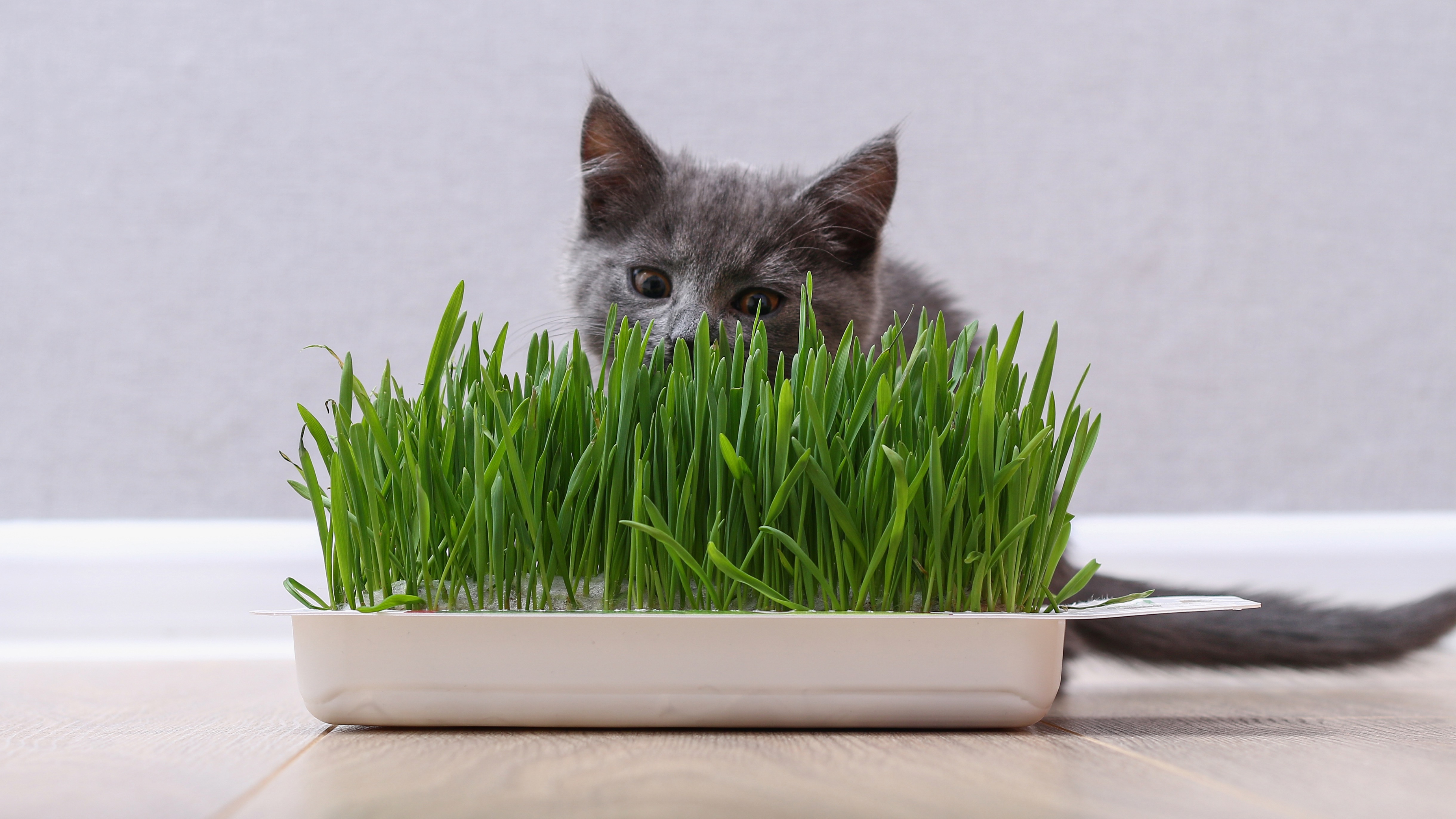
Catnip doesn’t work on all cats, but for it to have a chance of being effective a kitten must have inherited a sensitivity to the green stuff, which is a trait that doesn’t emerge until they’re around six months of age.
17. Socialization starts with their littermates
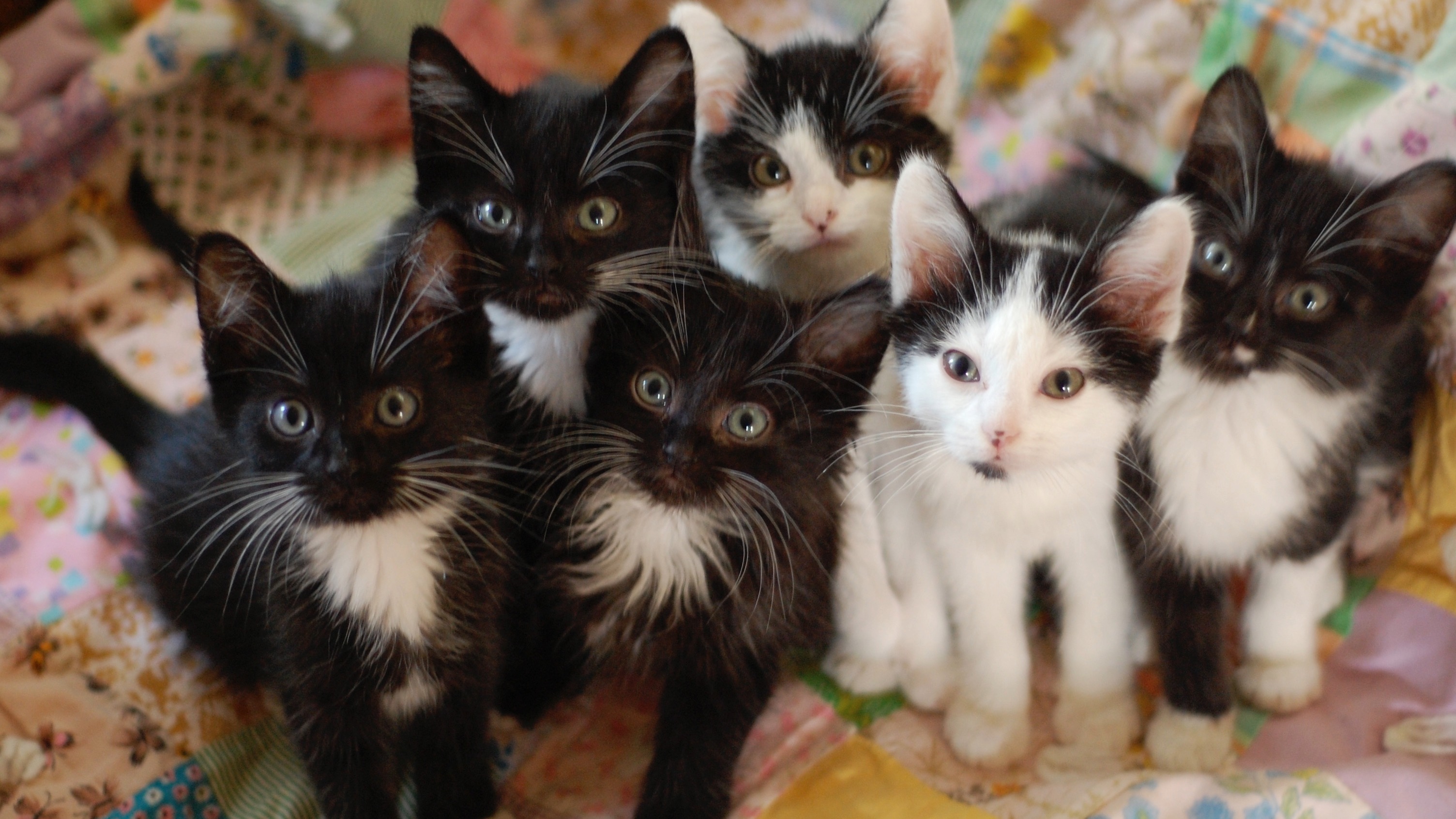
If you’re wondering how to socialize a kitten, you’ll be relieved to learn that a good chunk of the work is done by their mother and littermates before you likely even set eyes on your new forever friend. Starting at around two weeks of age, kittens begin to learn how to behave around other cats by interacting with each other, observing their mama, and getting feedback from her.
It’s important that their breeder also gently exposes them to new people, animals, sights, sounds, and smells as this will help them to be comfortable with these things in the future.
18. Kittens can get pregnant
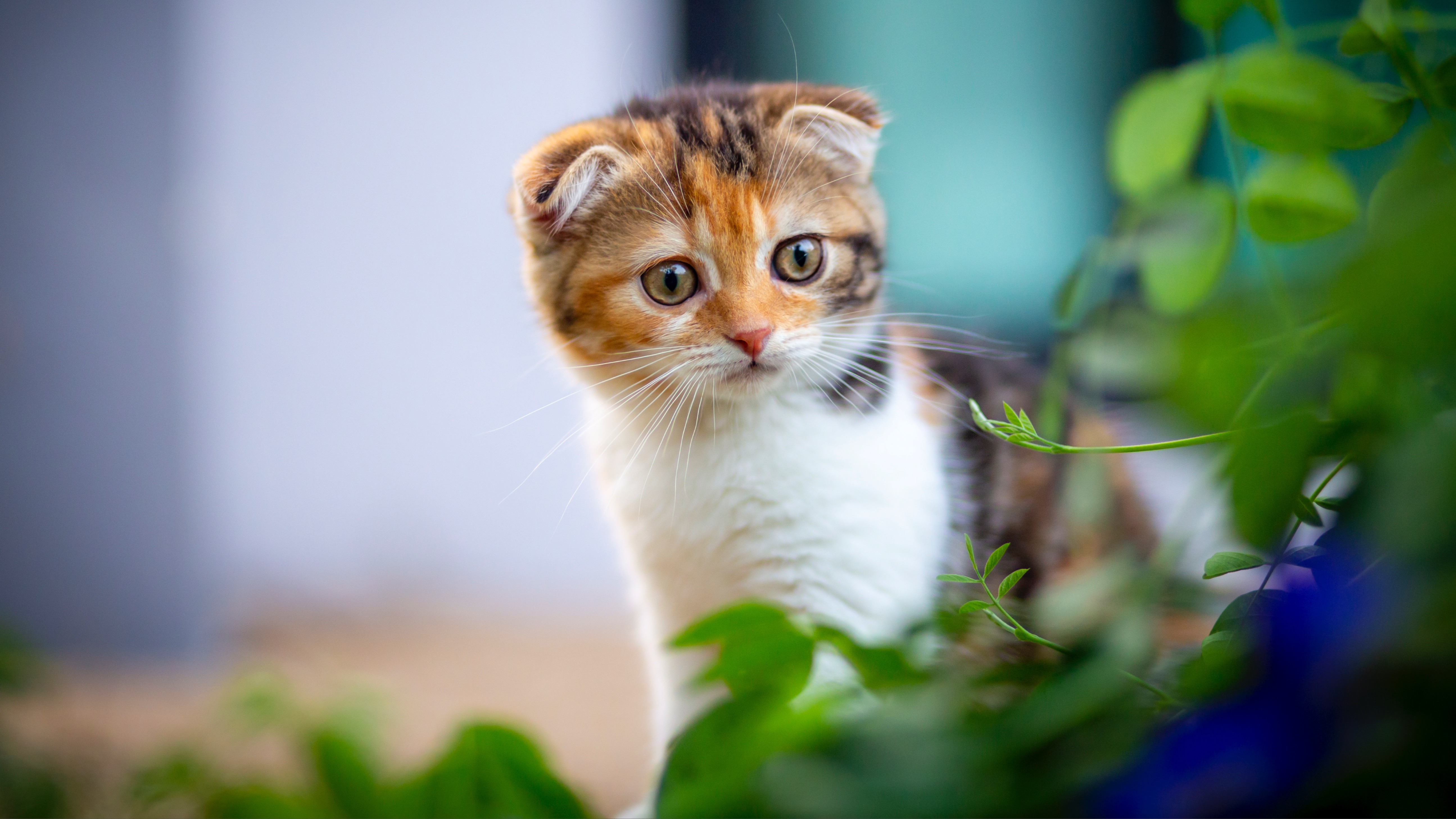
Believe it or not, kittens can get pregnant as young as four months old! Unspayed female cats (including kittens) will go into heat every two to three weeks from the spring through to the autumn and because they’re pregnant for around two months, a kitten of six months that’s not been spayed could find themselves becoming a mama while they’re still a baby.
19. Not all kittens in the same litter will have the same father
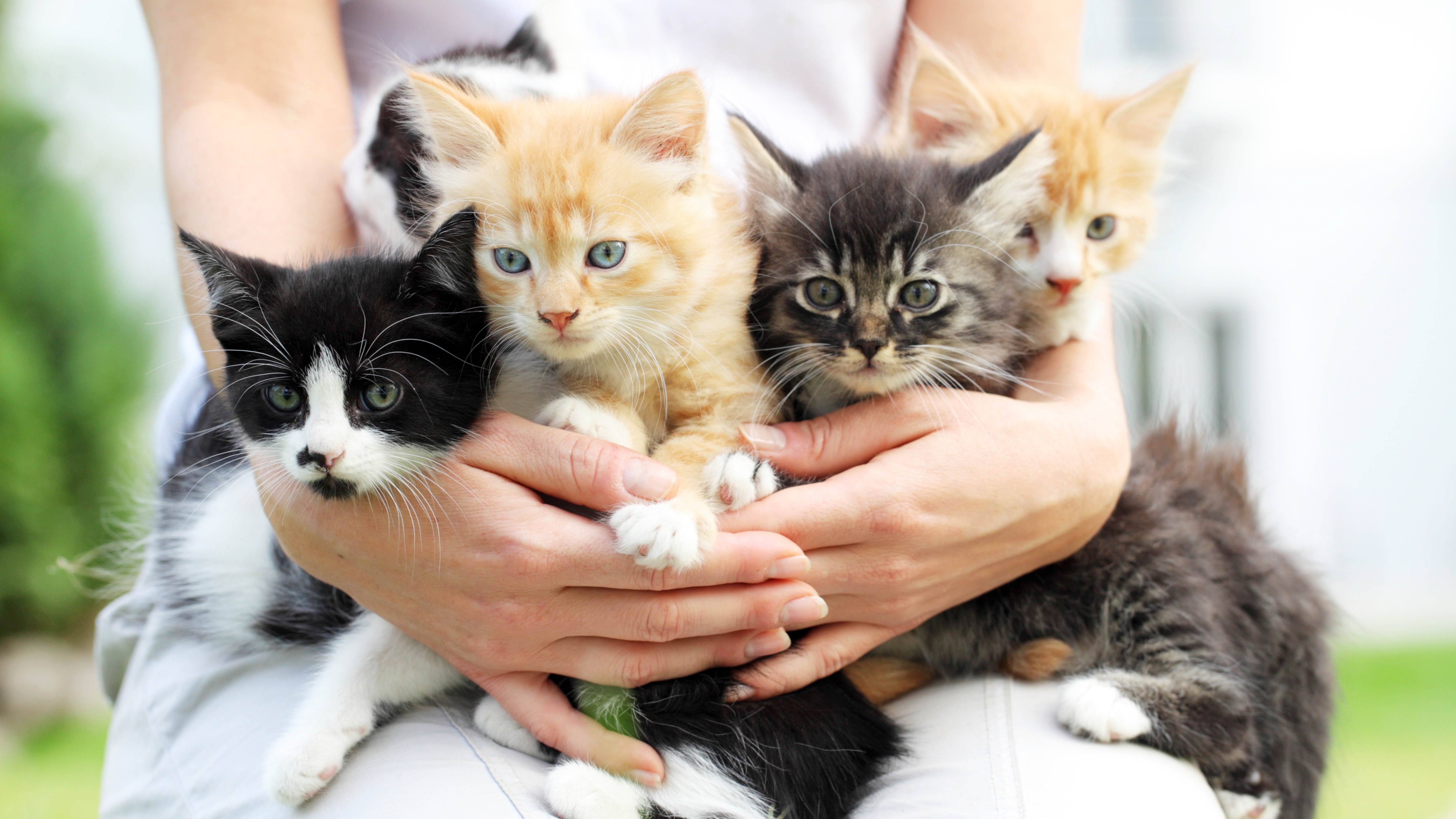
Trust us, we fell off our chairs when we found this out too! A little known fact about kittens is that just because they come from the same litter, doesn’t mean they’ll have the same father — which explains why you'll often get kittens who look very different from each other. Cats can be impregnated by more than one male during a single ovulation period so the kittens end up being much like fraternal twins — genetically different but occupying the same uterus.
20. Some kittens take longer to reach maturity

When does a kitten become a cat? It very much depends on their breed. While most kittens are deemed to be adults once they reach 12 months of age, for some breeds, like the Maine coon, a kitten may not reach their full size until two years of age.
21. Kittens possess a strong sense of smell
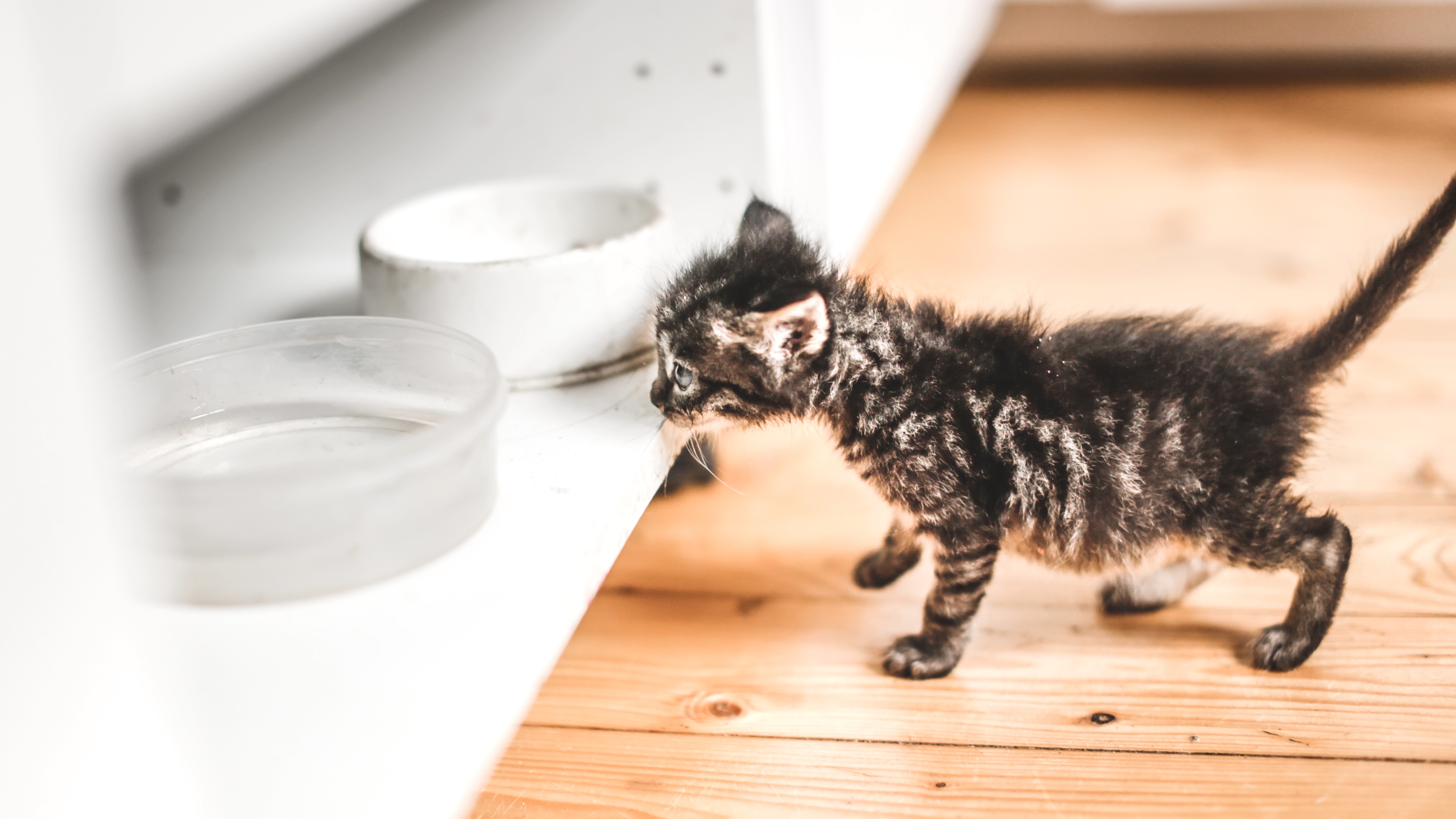
A kitten's power to detect different scents is certainly nothing to be sniffed at! Kittens have almost 40 times more odor-sensitive cells than we humans do and trust us, they need them. Because kittens are born blind and deaf, they rely on their sense of smell in the first few weeks to help them navigate the world.
22. Kittens begin to develop color points at around one month of age

It’s not until a kitten reaches around four weeks of age that you’ll begin to spot the emergence of their color points. As the next few weeks unfold, you’ll start to see their unique coat pattern appear. A great example of this is the siamese, who starts off completely white but who slowly starts to gain color on their ears, face, legs and tail.
23. They learn to meow to their humans very early on
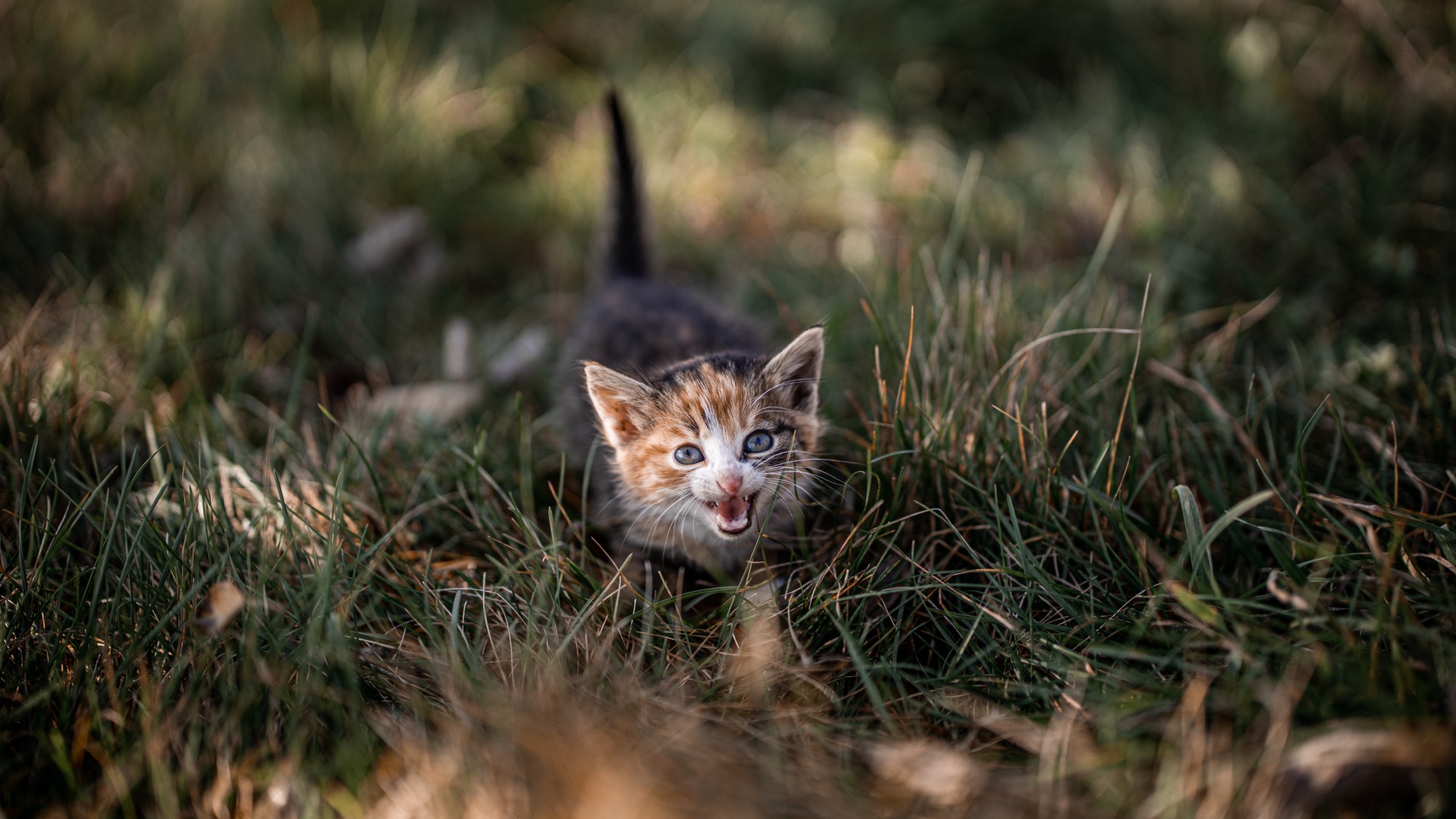
Kittens start meowing when they are only a few days old. They use their meow to let their mother know that they’re cold or hungry, but once they get older kittens stop meowing to other kittens and cats. However, they continue to meow to humans throughout their lives — probably because it’s so effective at getting us to do what they want us to do!
24. The average number of kittens in one litter is four

Most mama cats will have around four (and sometimes six) kittens per litter, although first time mothers will tend to only birth two to three. The largest litter of kittens ever recorded was a whopping 19 born to a burmese/siamese mix.
25. A kitten’s first year of life is equivalent to our first 15 years of life
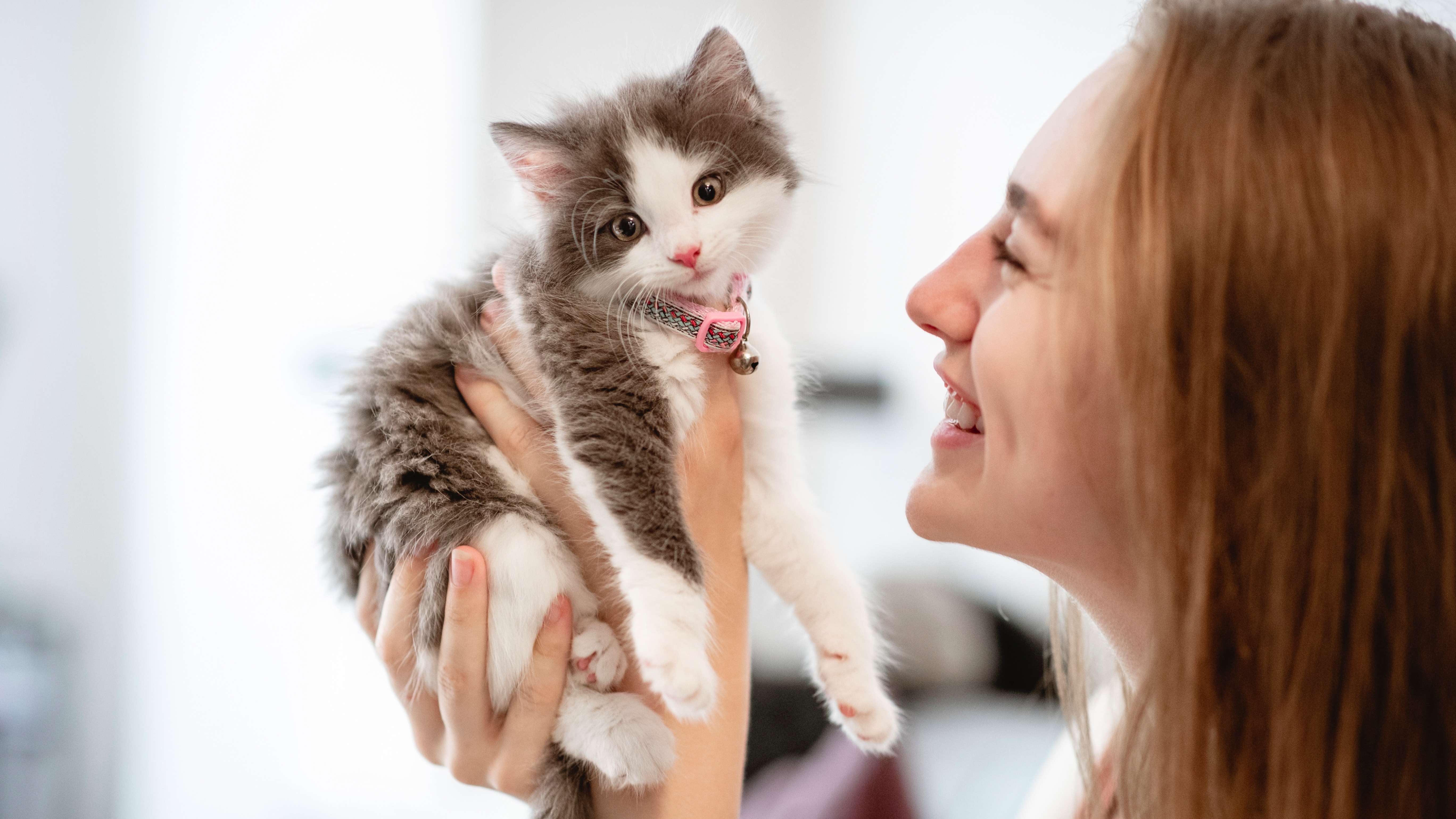
Most vets agree that the first year of a kitten’s life is equal to around 15 human years due to the amount of growth and development they go through. The second year is thought to add around nine years (making a two-year-old cat roughly 24 in human years) and after that, each human year adds around four cat years — so a three-year-old cat would be considered 28.
26. Kittens start playing at four weeks of age
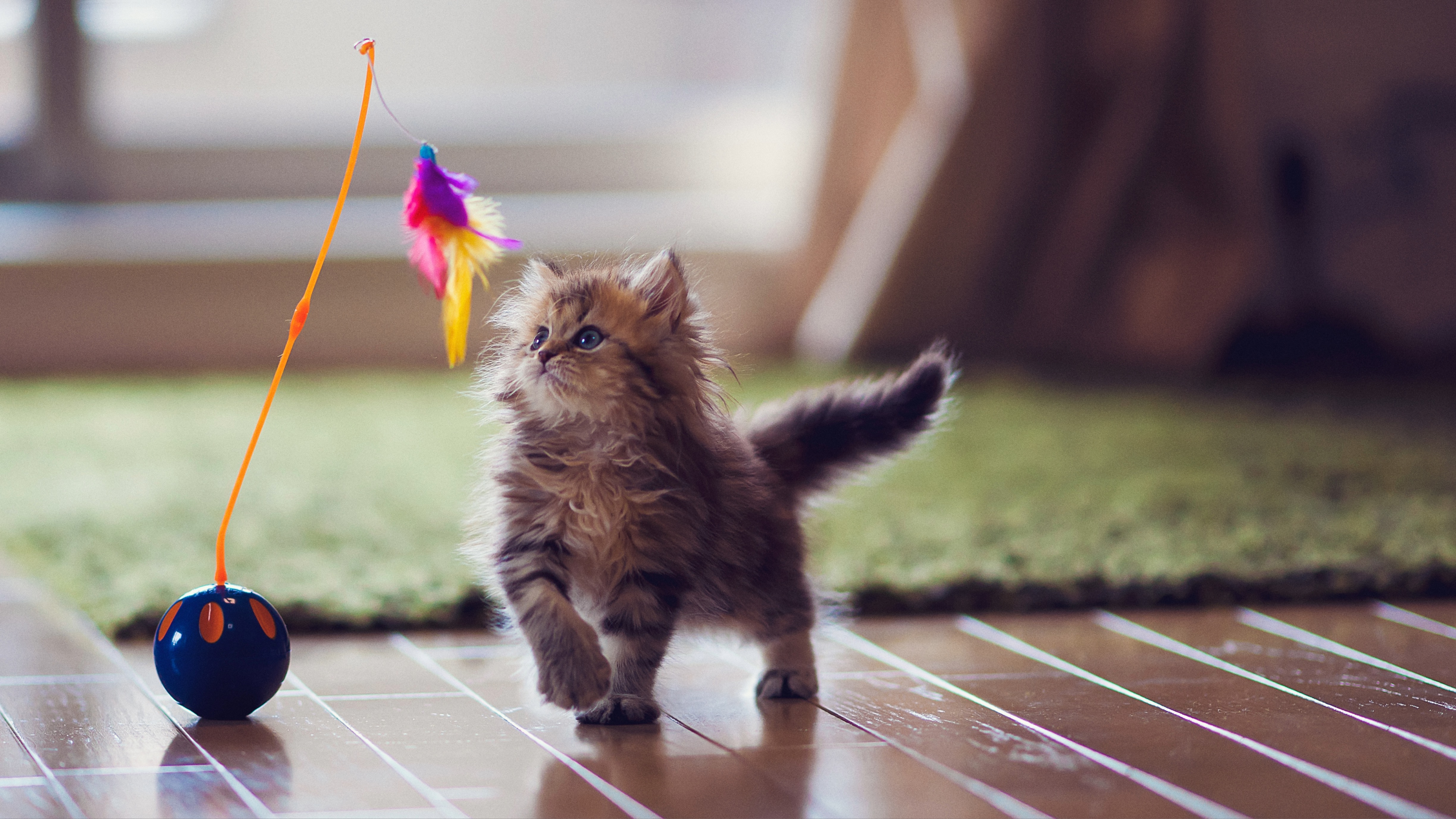
At three weeks of age, a kitten will start to walk and explore their surroundings. It’s around this time that they may start to become interested in cat toys, but they can’t yet run or chase after moving objects.
However, once a kitten reaches four weeks, they’ll have both the confidence and the coordination to start to play. If you’re looking for ways to bond with your cat, tapping into this natural instinct and regularly engaging in fun play sessions with your kitten is great for relationship building.
27. A group of kittens is referred to as a kindle
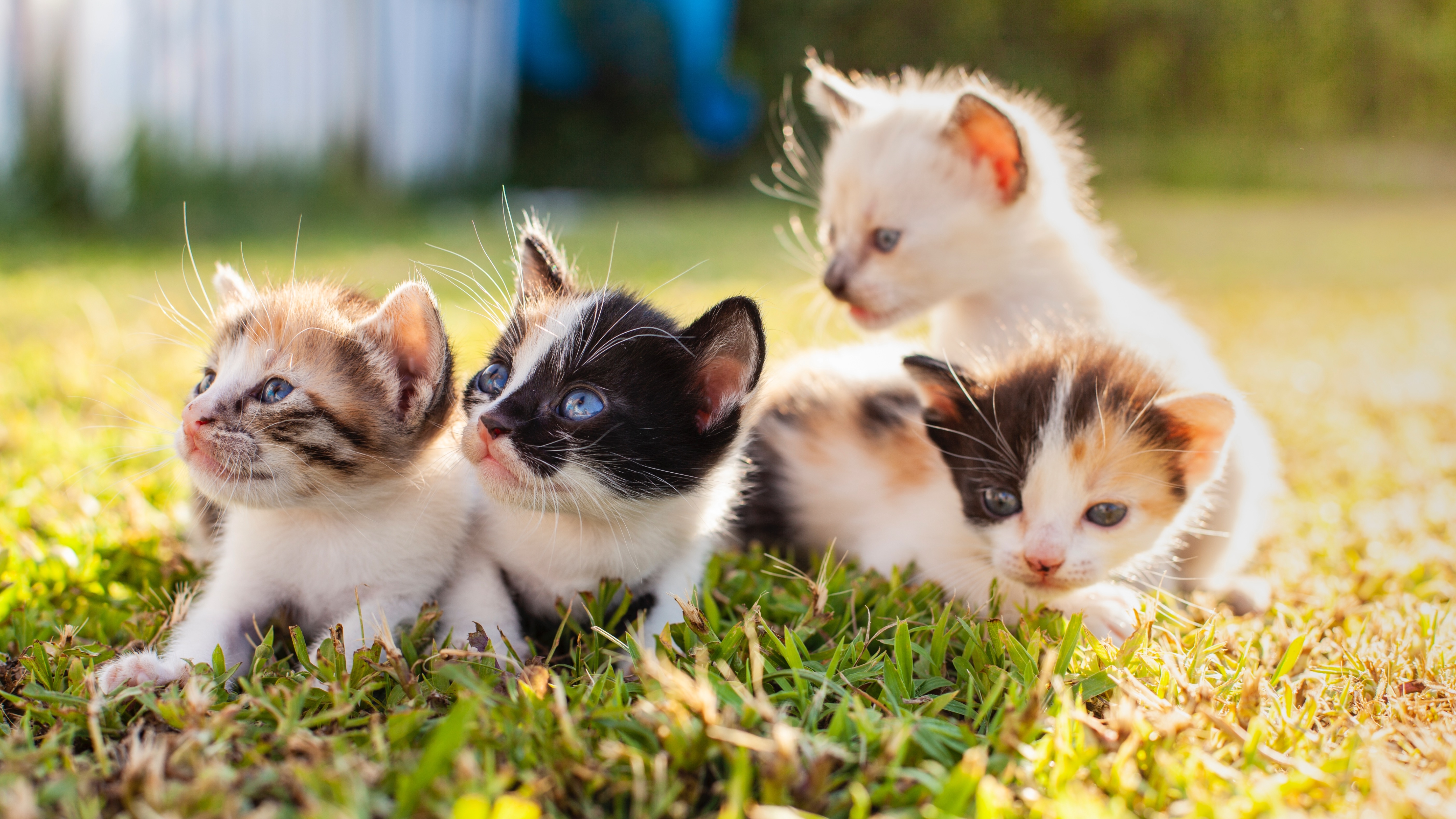
No, we’re not talking about the electronic reading device, although we can understand the confusion! While a group of adult cats is called a clowder, a group of kittens is referred to as a kindle (or a litter, but we think a kindle of kittens sounds cuter).
28. They're susceptible to flea anemia
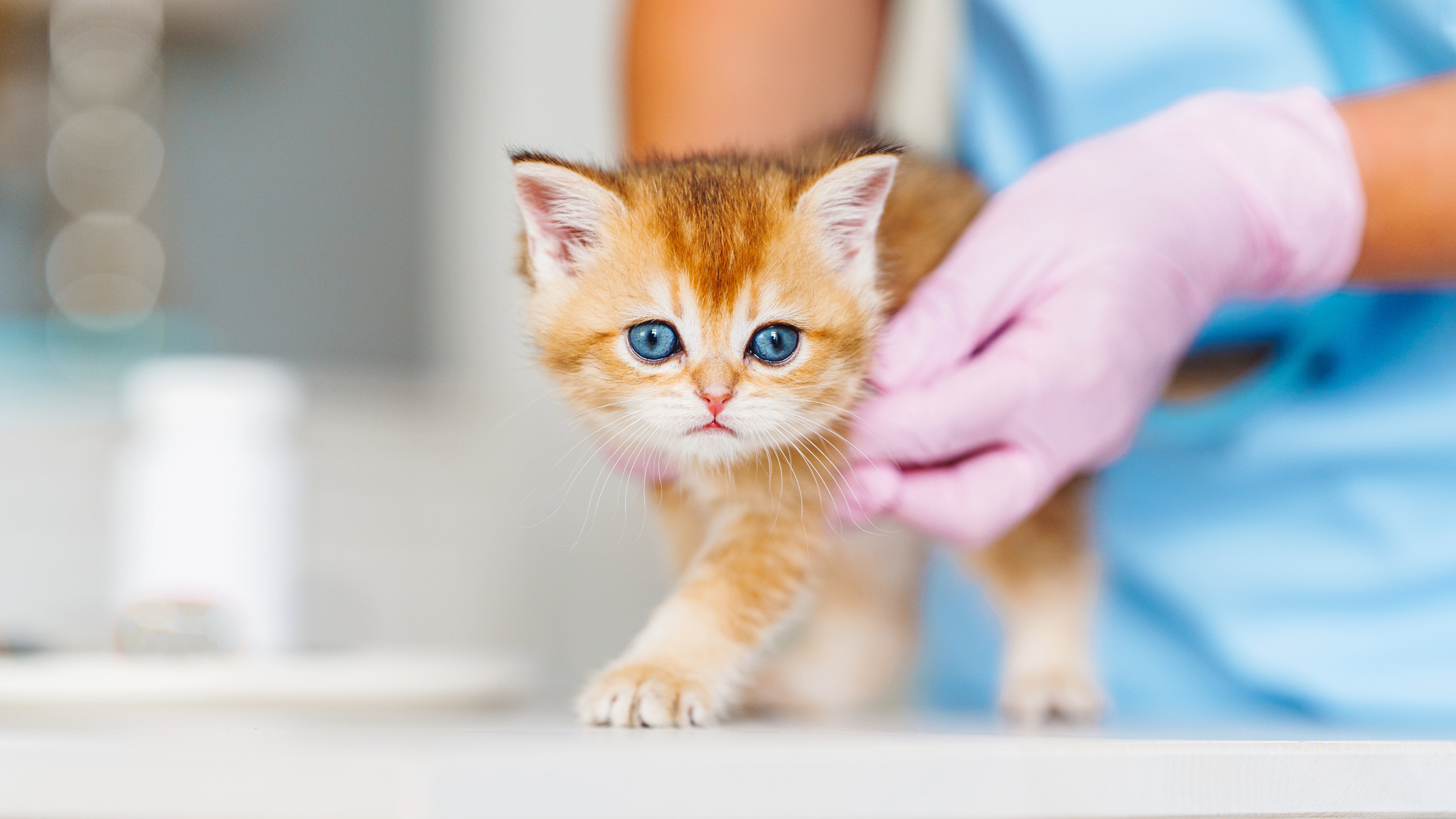
Flea infestations are a common problem in kittens because most of the best flea treatments for cats can’t be applied to a young kitten until they’ve reached 12 weeks of age. Until then, they’re vulnerable to parasites and anemia, a result of fleas biting the skin and feeding on a kitten’s blood. It’s vital you seek medical help for your kitten straight away if you suspect they may have fleas.
29. Kittens spend most of their time sleeping
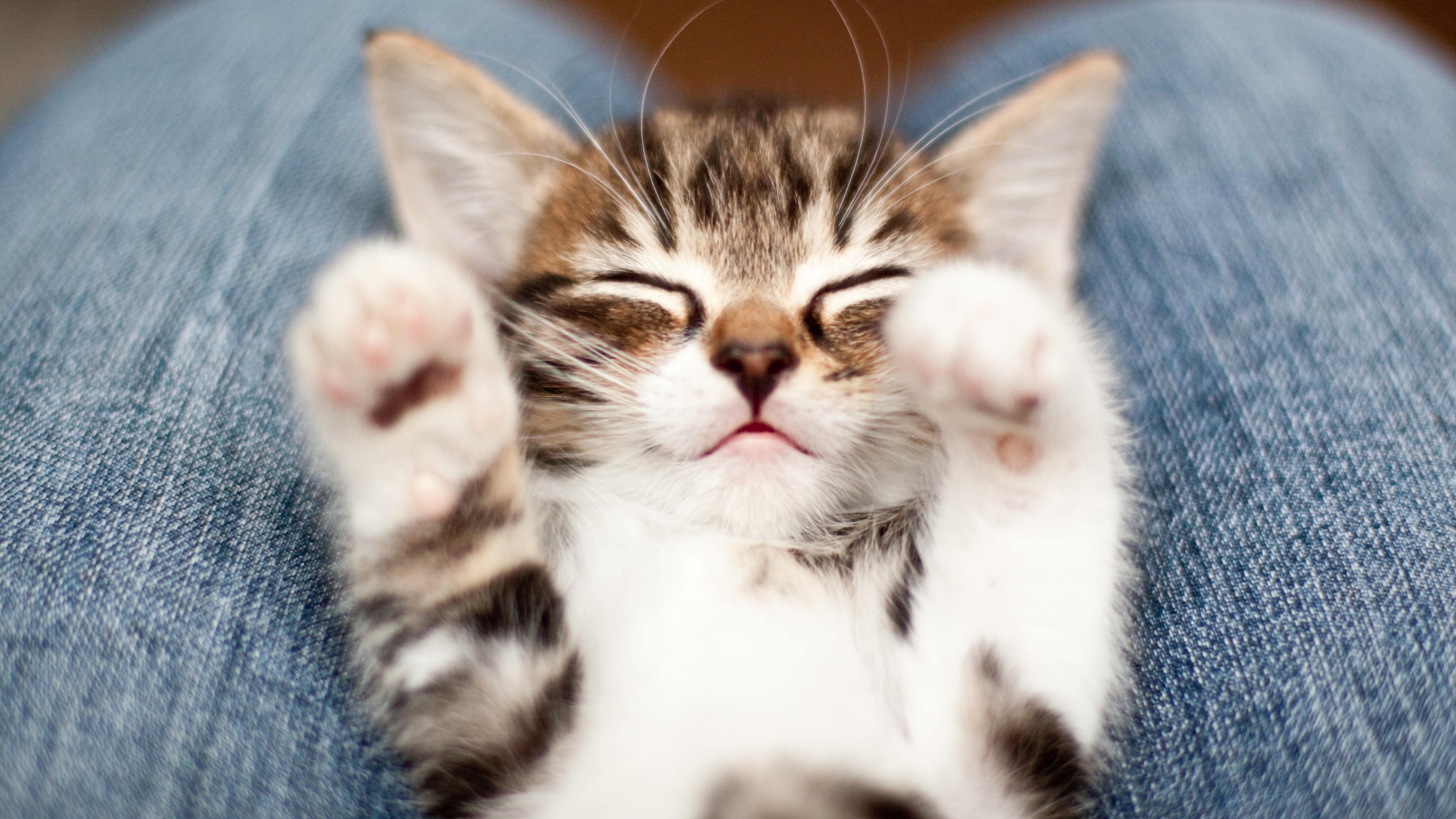
If you think the 12-16 hours adult cats spend sleeping is a lot, just wait until you welcome a new kitten into your family. Because there’s so much growth and development happening in those first six months of a kitten’s life, expect your little one to spend at least 20 hours a day snoozing.
30. A kitten's heart beats at least twice as fast as a human heart

A human heart will beat around 60 to 100 times per minute (depending on a person’s age, activity level, and overall health) while a kitten’s heart will beat between 160 to 200 times per minute.
31. Kittens are like sponges
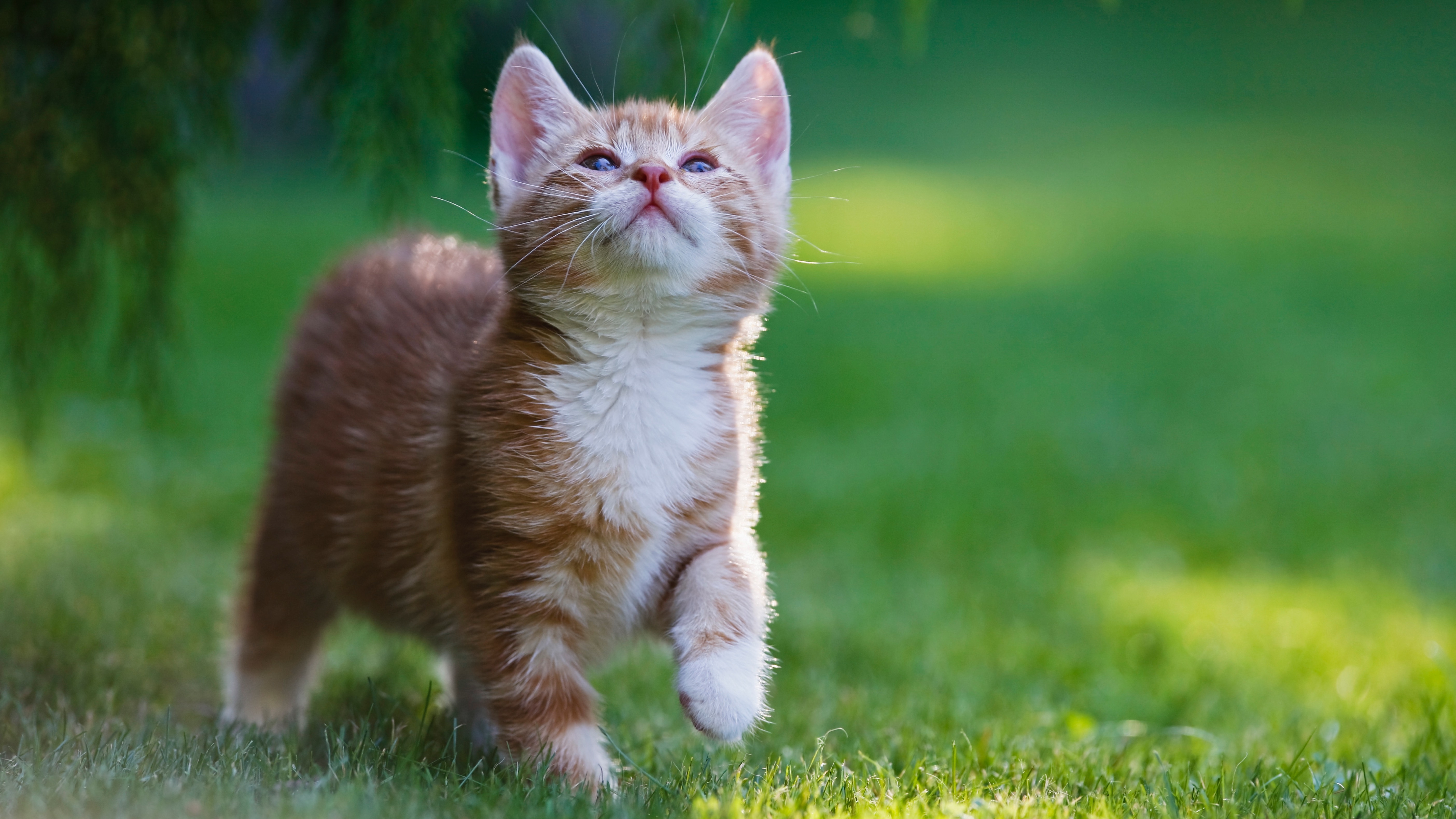
No, you can’t clean with them but kittens are like sponges in the way they absorb everything that’s going on around them. From birth until the age of 12 weeks is a particularly important time for kittens when they’re taking in a lot of new information, including how to walk, eat, groom themselves, and use a litter box.
32. Kittens see differently than we do

Kittens and cats have a very different vision to humans. Their long-distance vision is not anywhere near as good as ours and so unless they’re up close to an object, most things are going to look quite blurry.
However, while they have a small range of sharp vision, where kittens and cats excel is in their field of vision, which is much wider than ours. They can also see much better in low light than we can thanks to how wide their pupils can expand.
We also have a helpful guide on bringing home a new kitten.

Kathryn is a freelance writer who has been a member of the PetsRadar family since it launched in 2020. Highly experienced in her field, she's driven by a desire to provide pet parents with accurate, timely, and informative content that enables them to provide their fur friends with everything they need to thrive.
Kathryn works closely with vets and trainers to ensure all articles offer the most up-to-date information across a range of pet-related fields, from insights into health and behavior issues to tips on products and training.
When she’s not busy crafting the perfect sentence for her features, buying guides and news pieces, she can be found hanging out with her family (which includes one super sassy cat and a kitten), drinking copious amounts of Jasmine tea and reading all the books.
She has written for a range of publications, including Fit&Well, Top Ten Reviews, LiveScience, Goodto, and Product Hunt.
